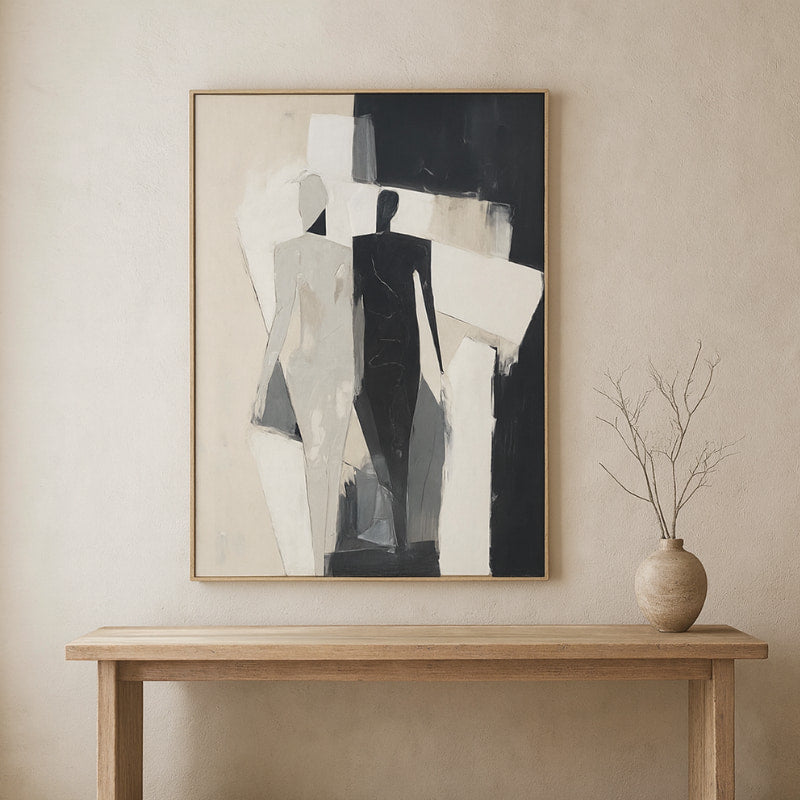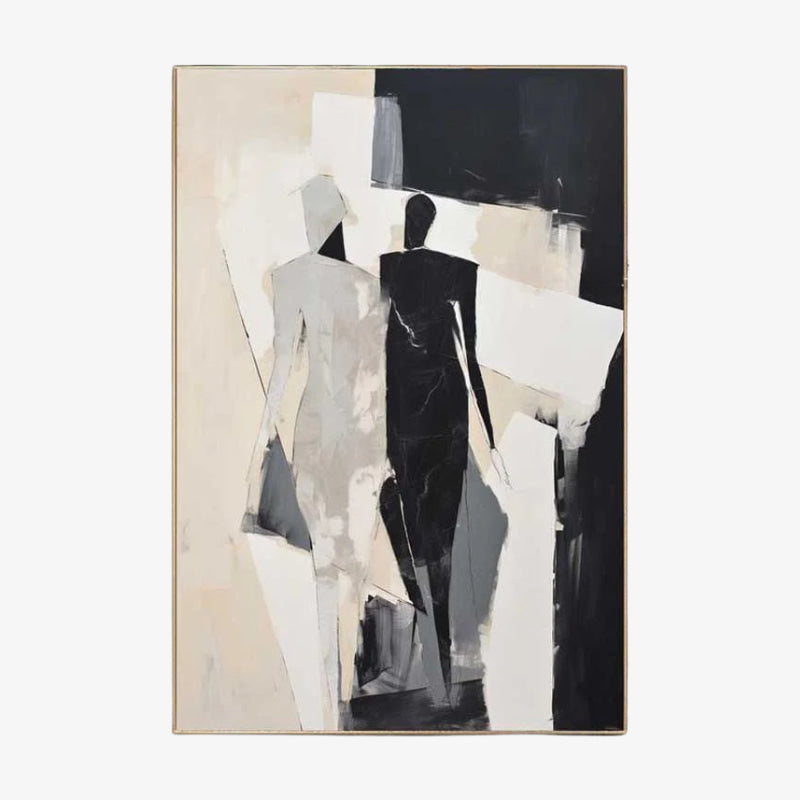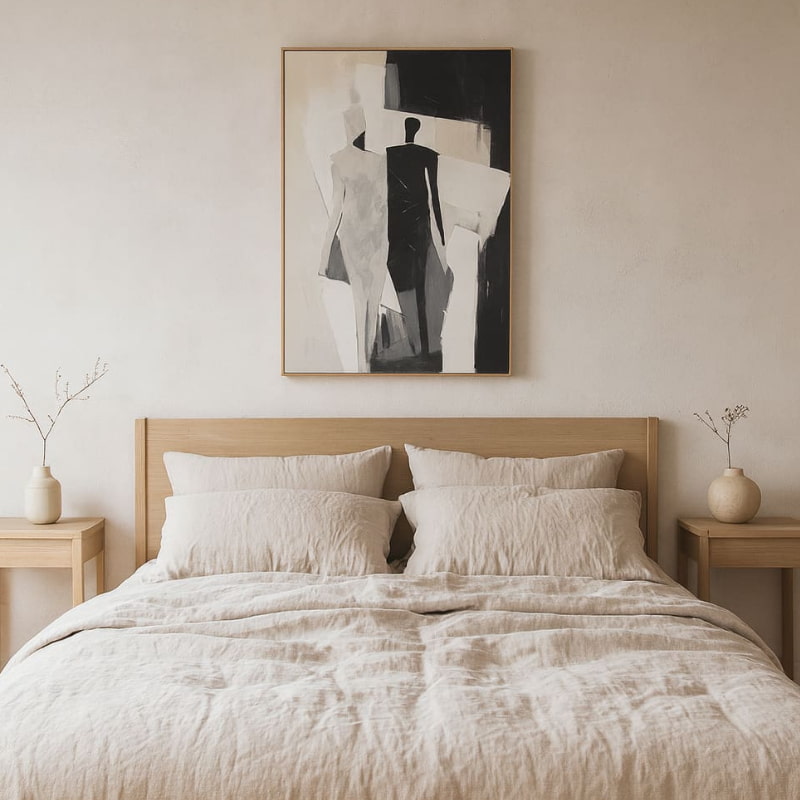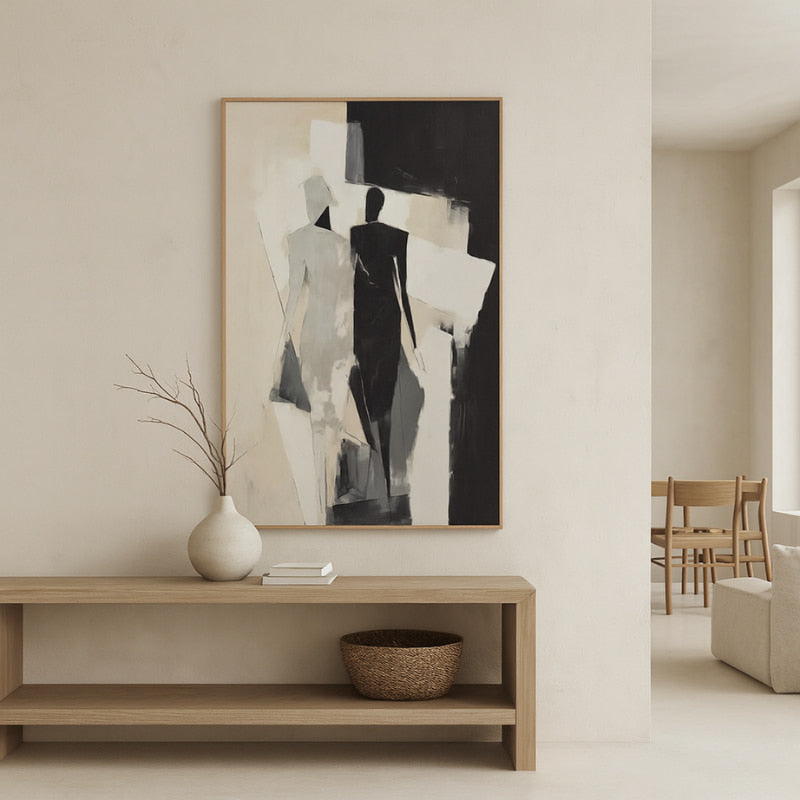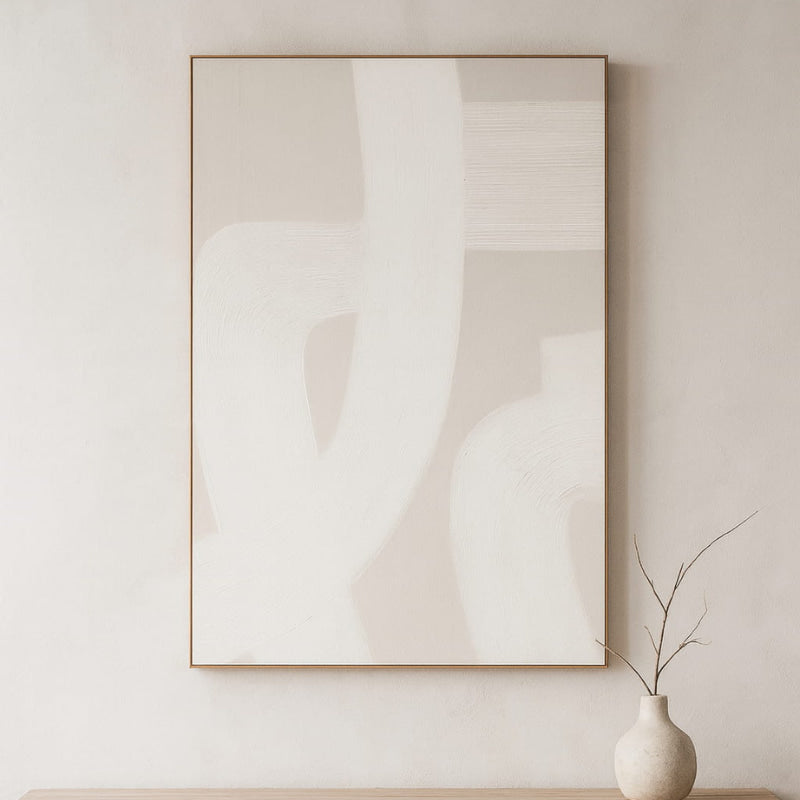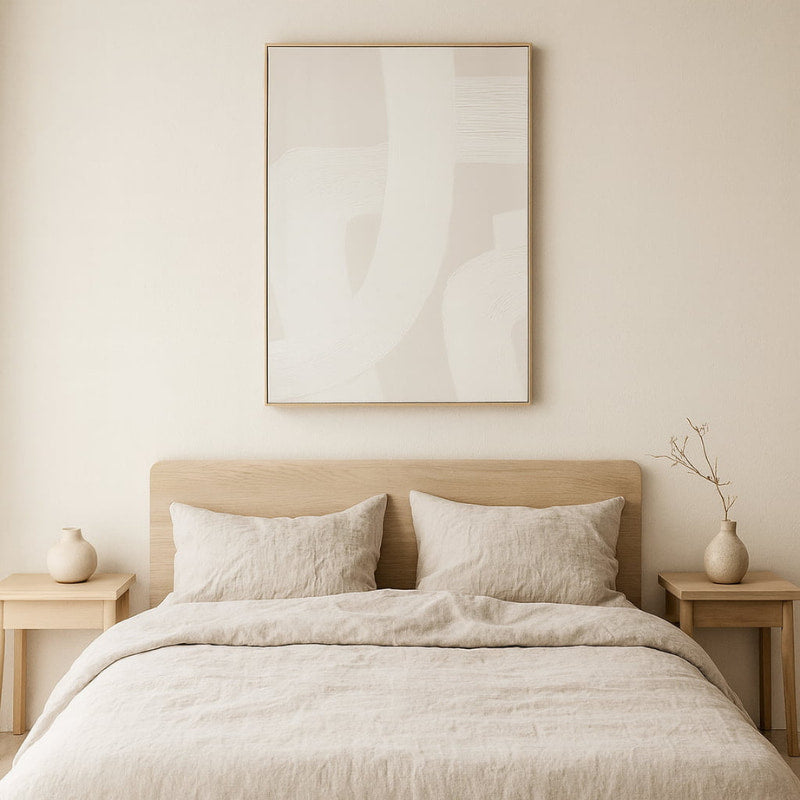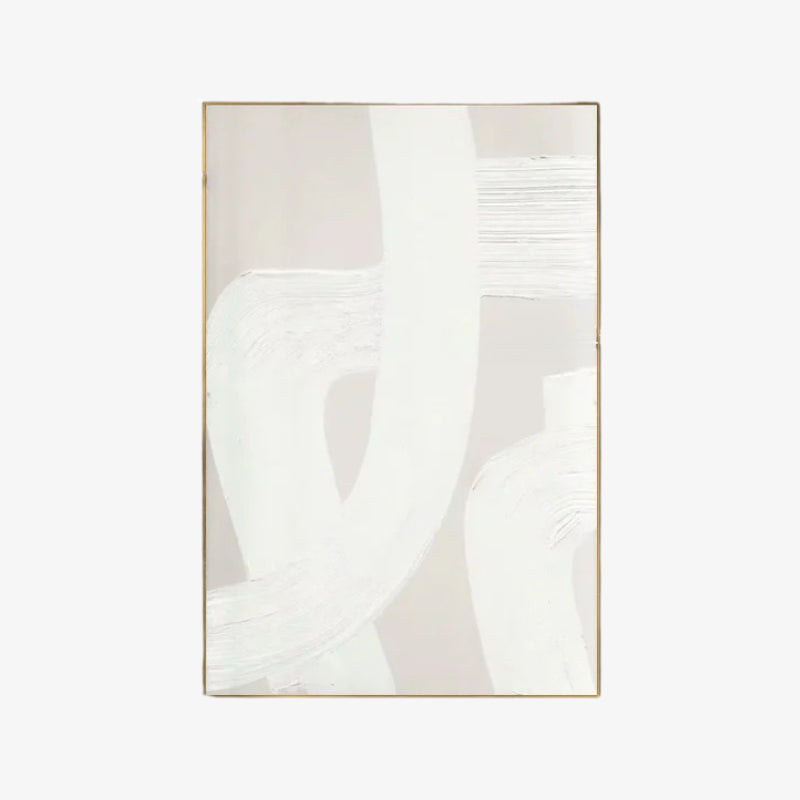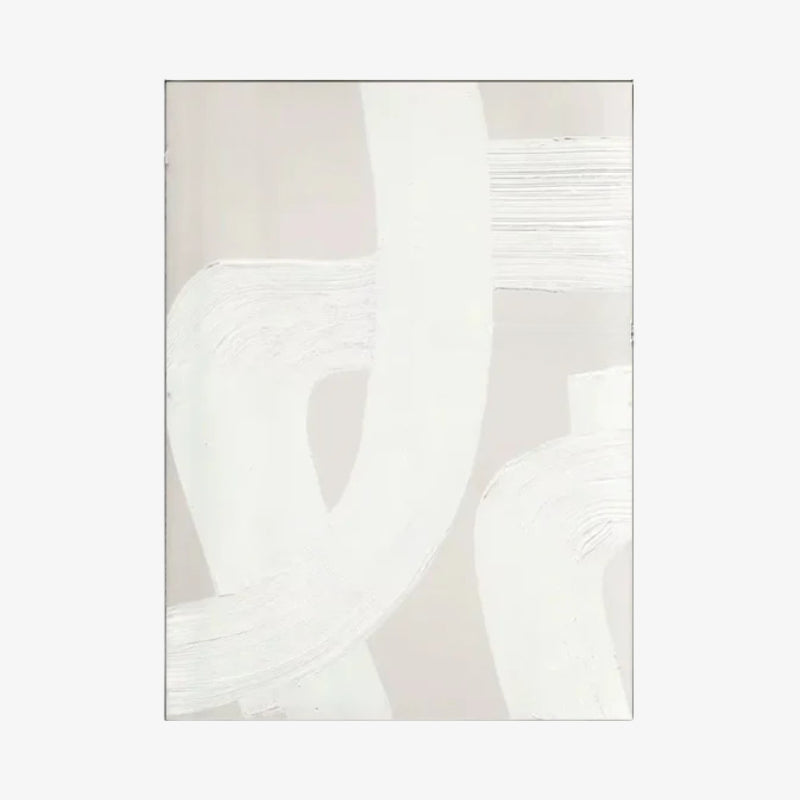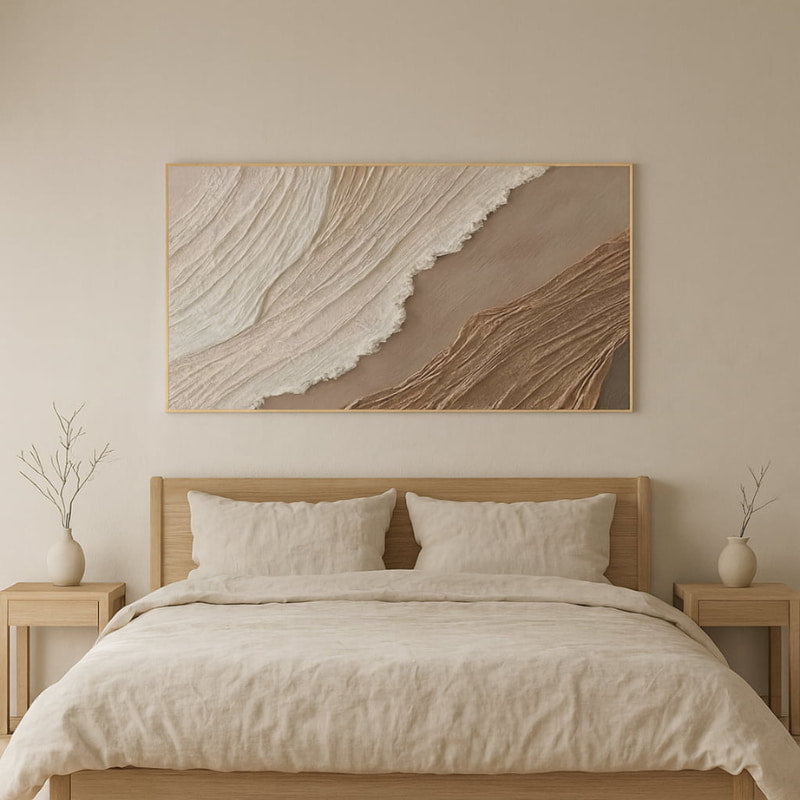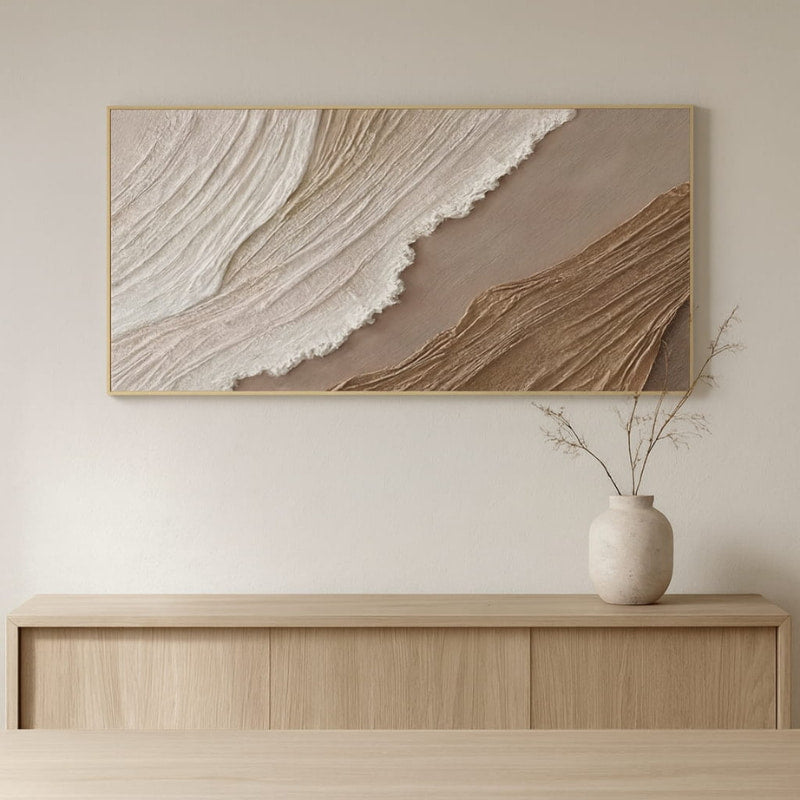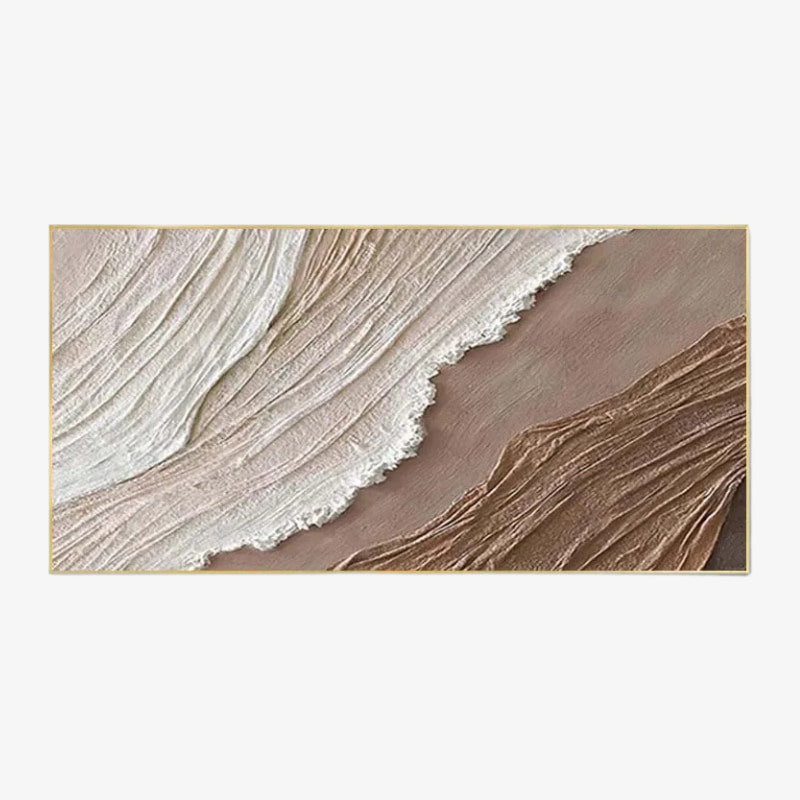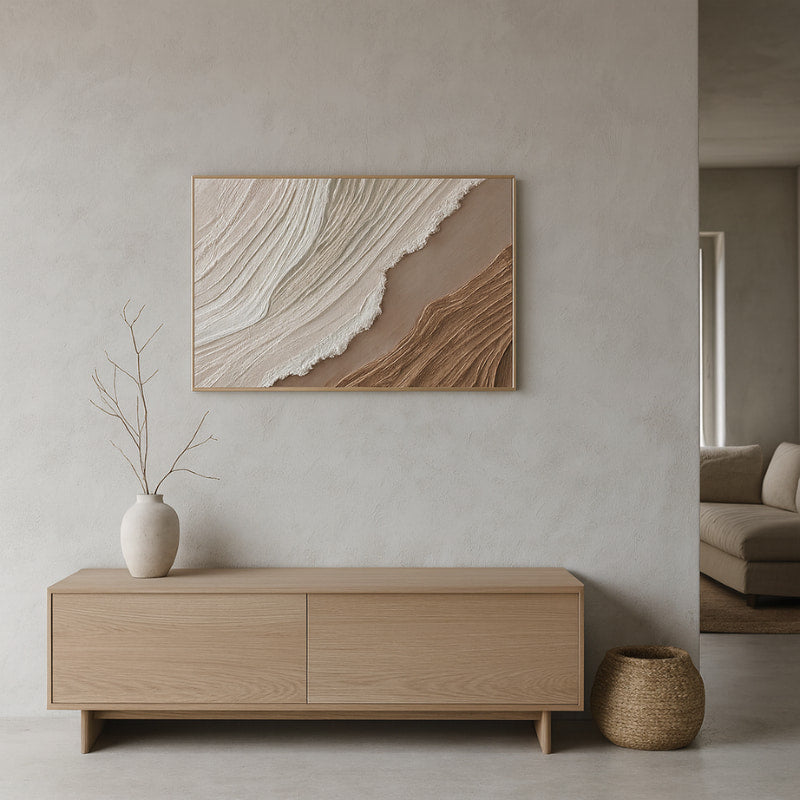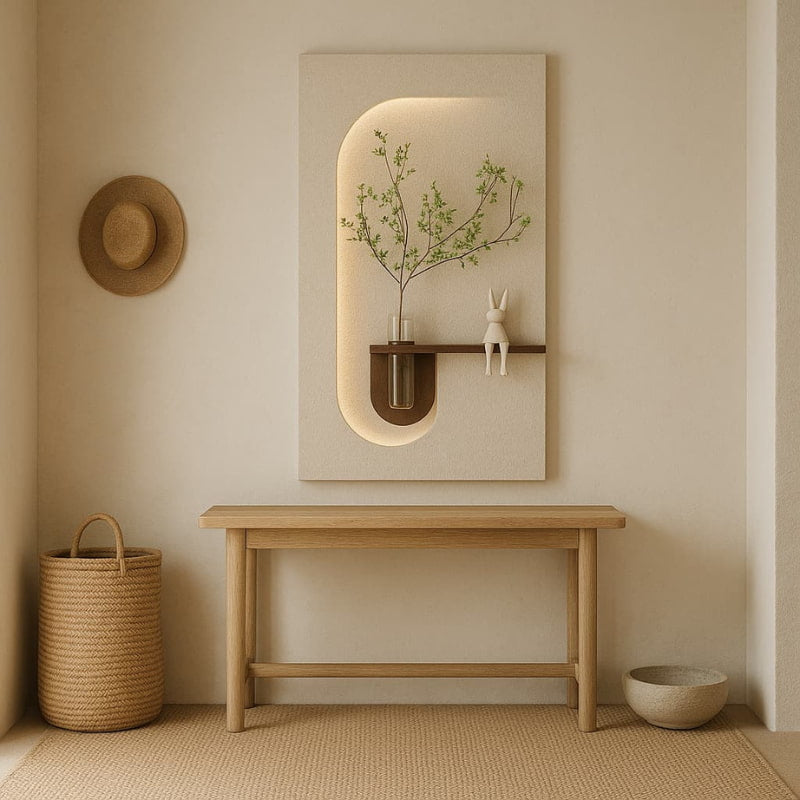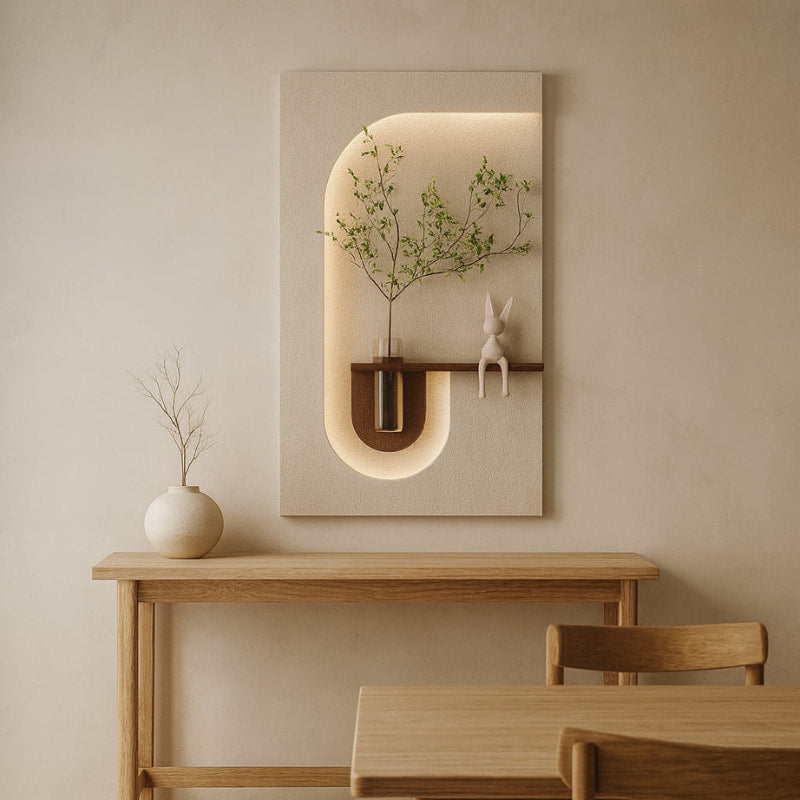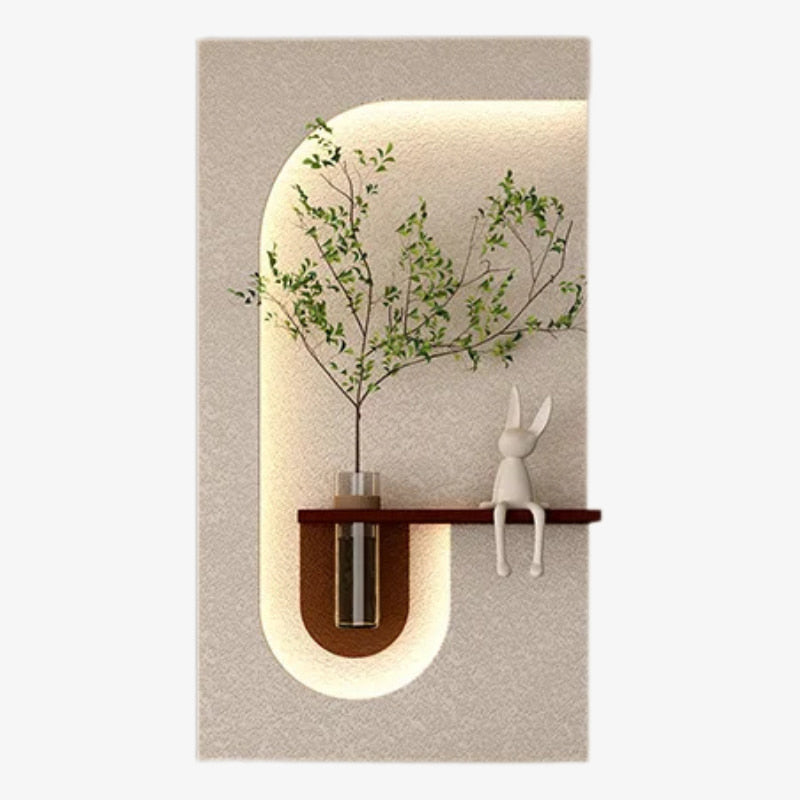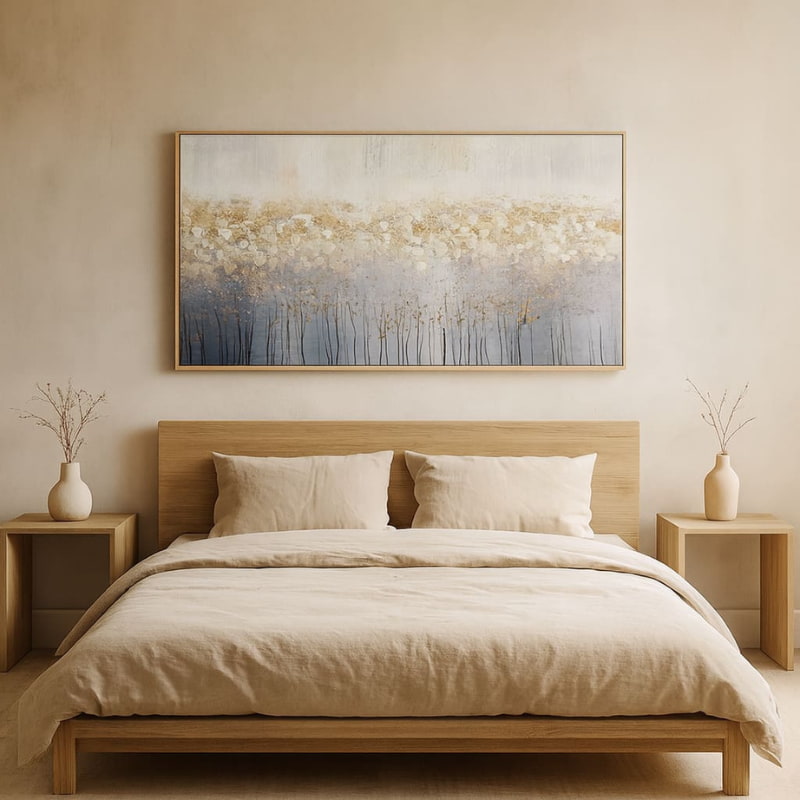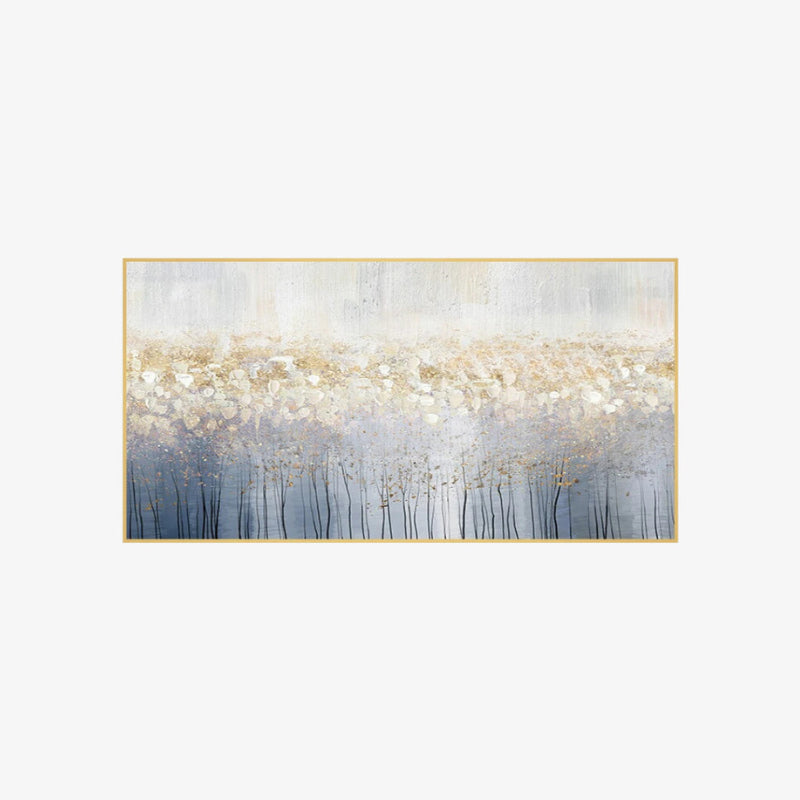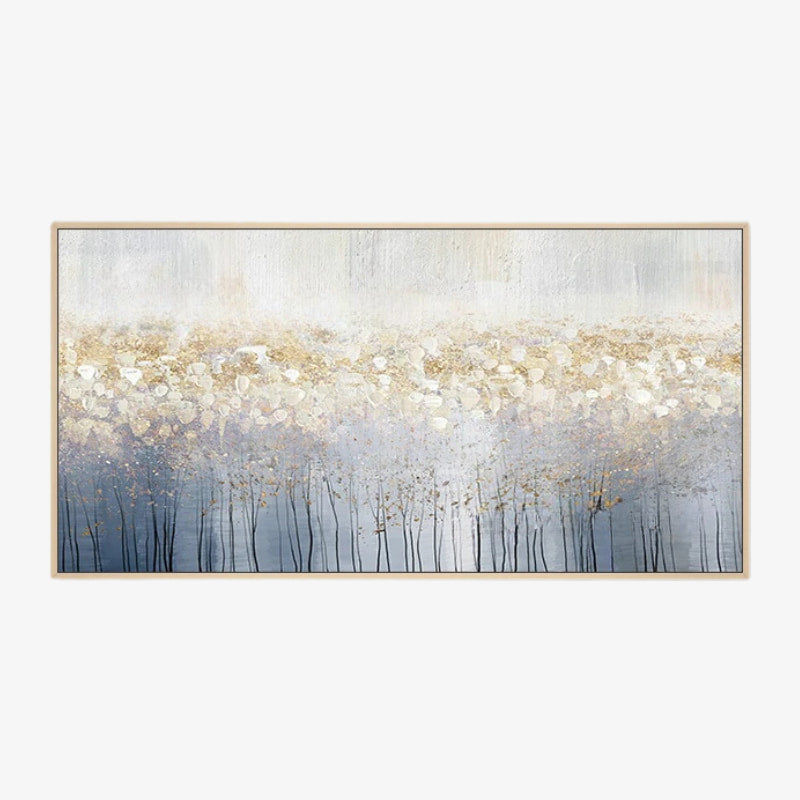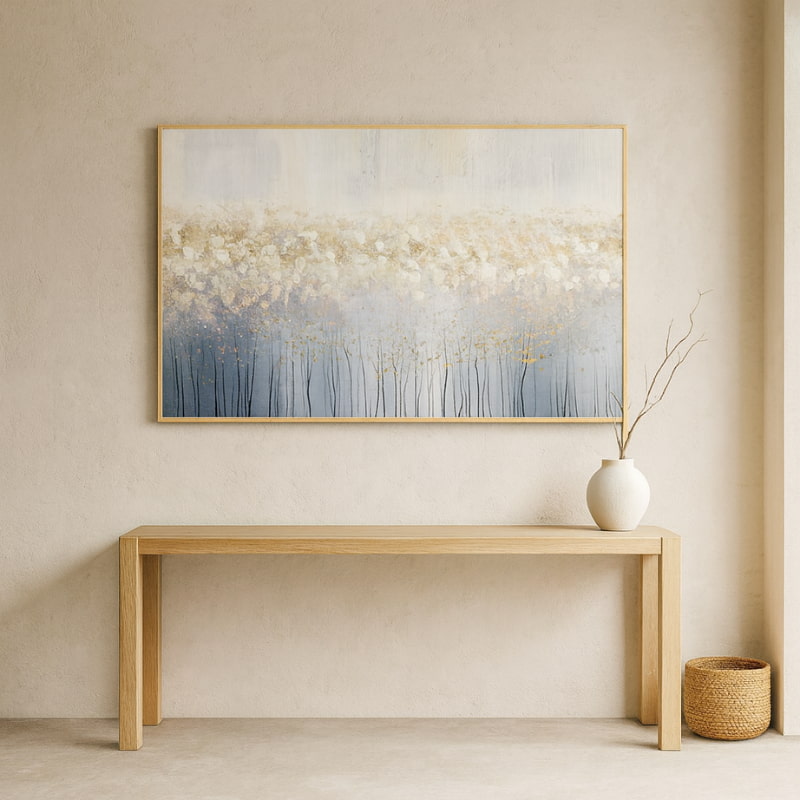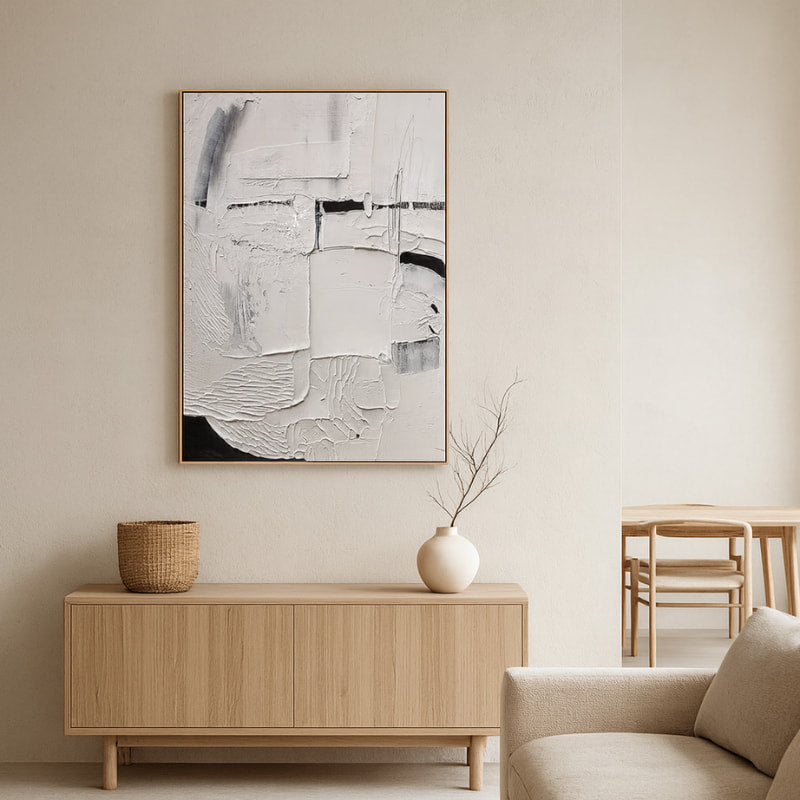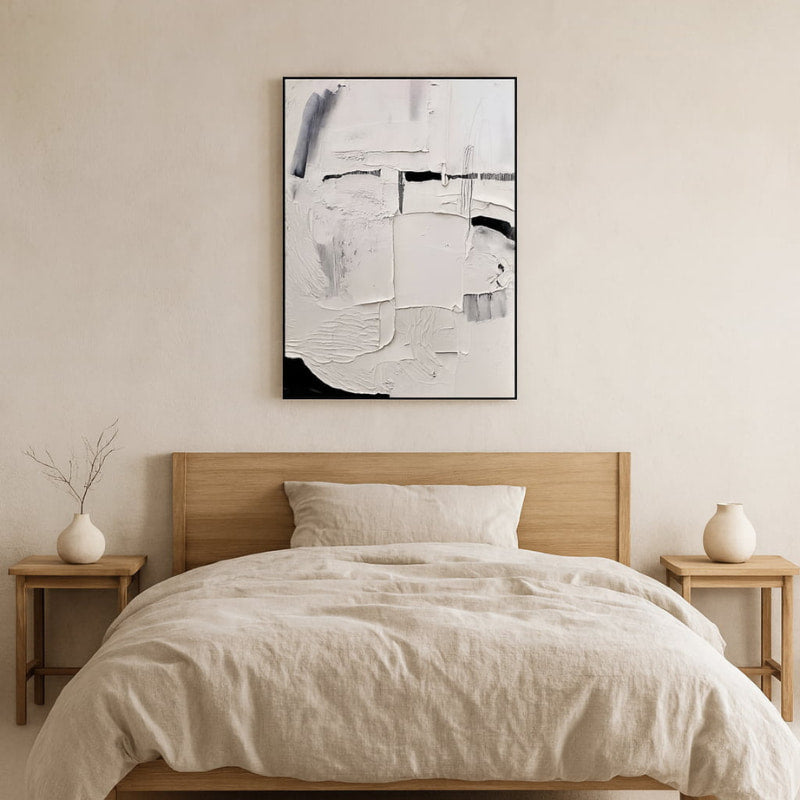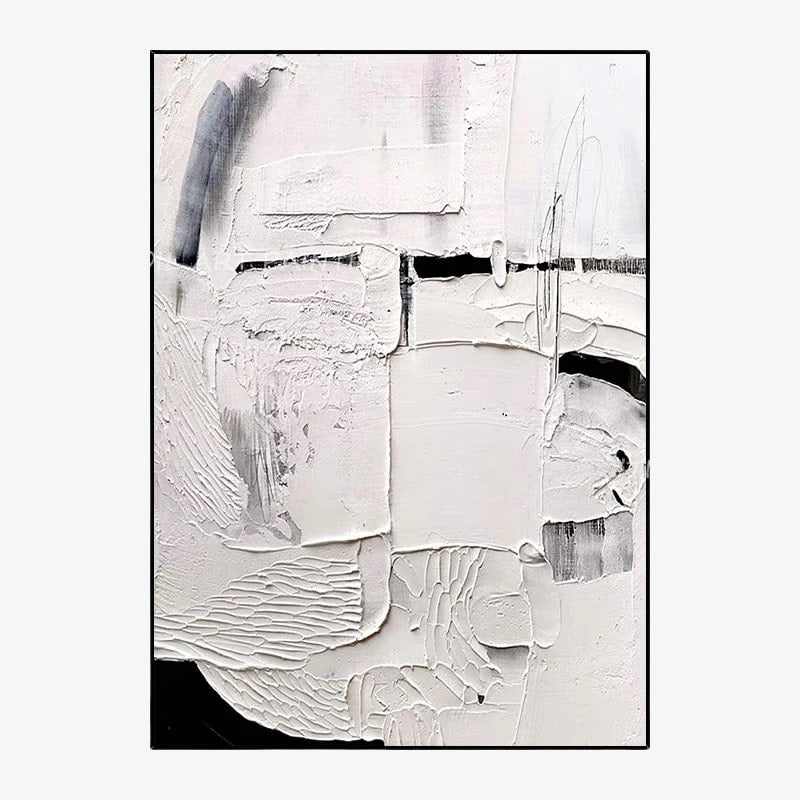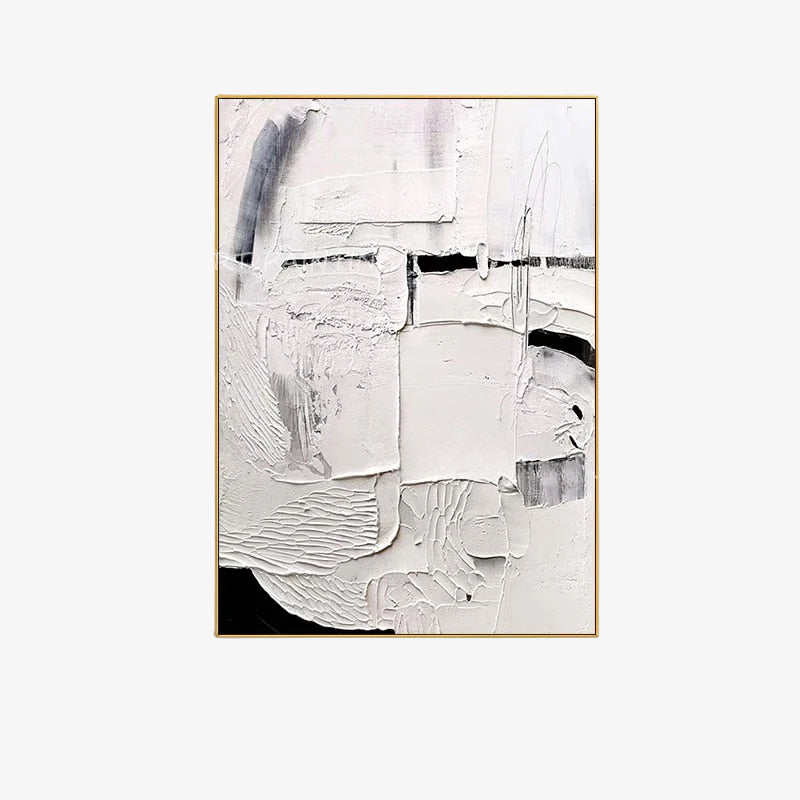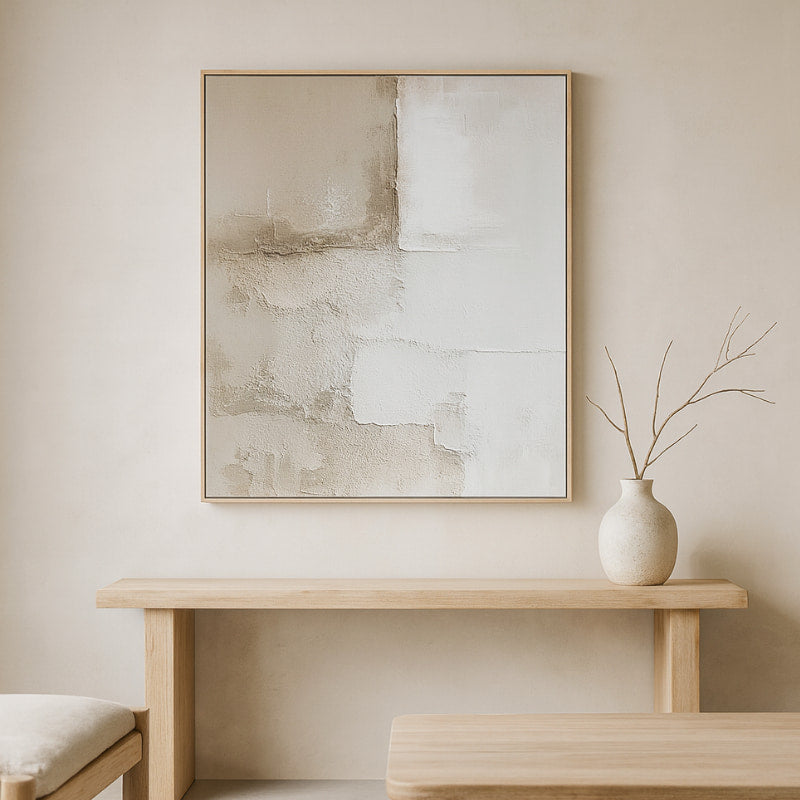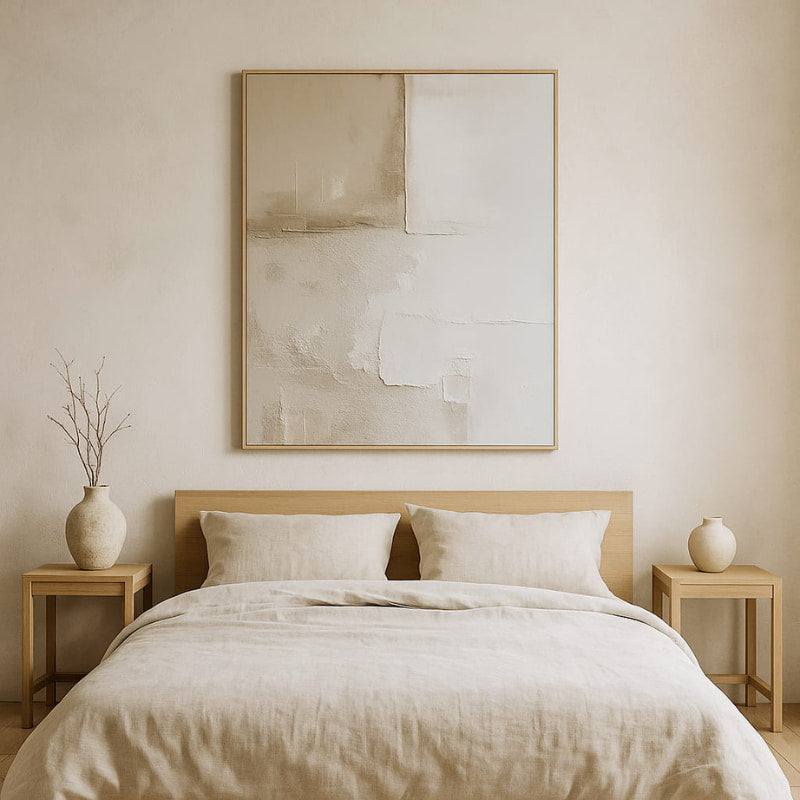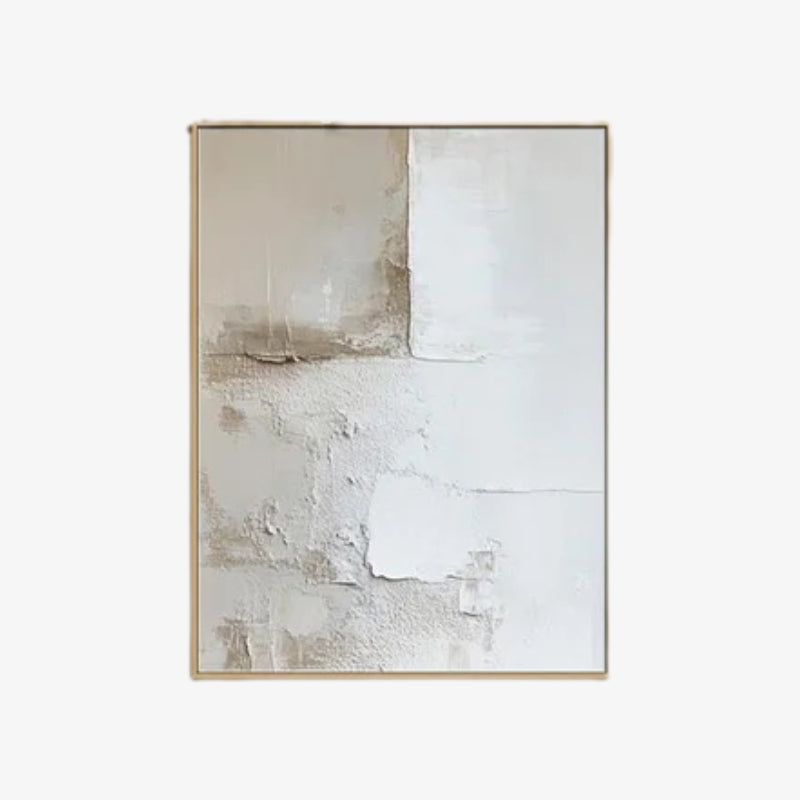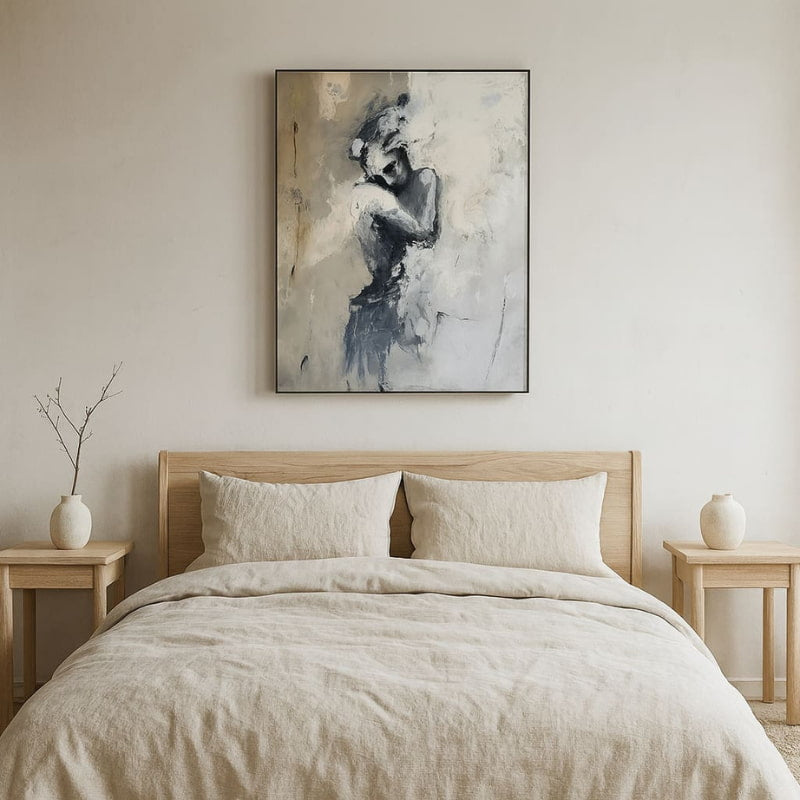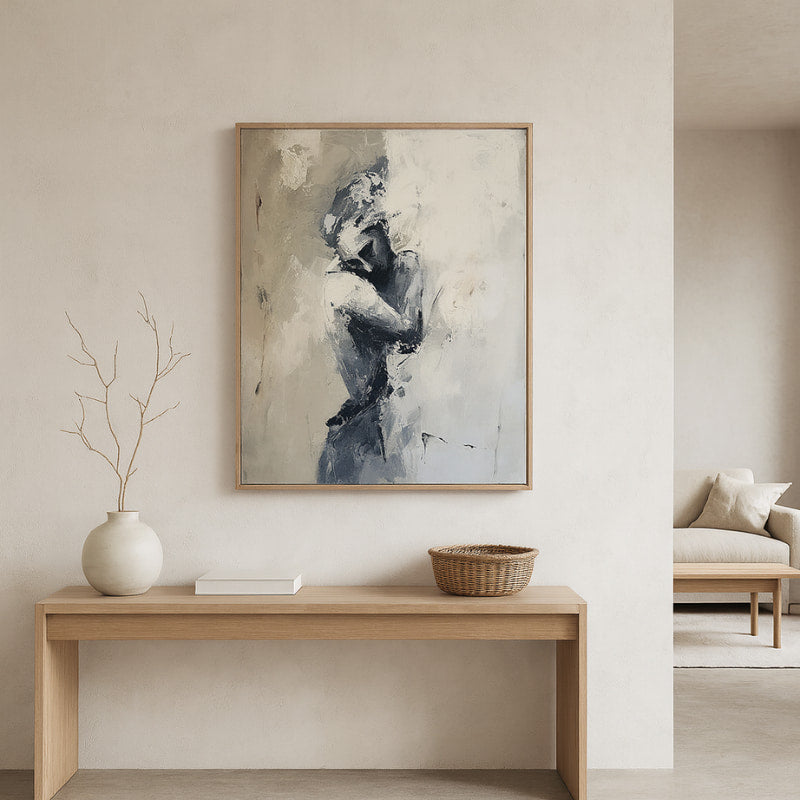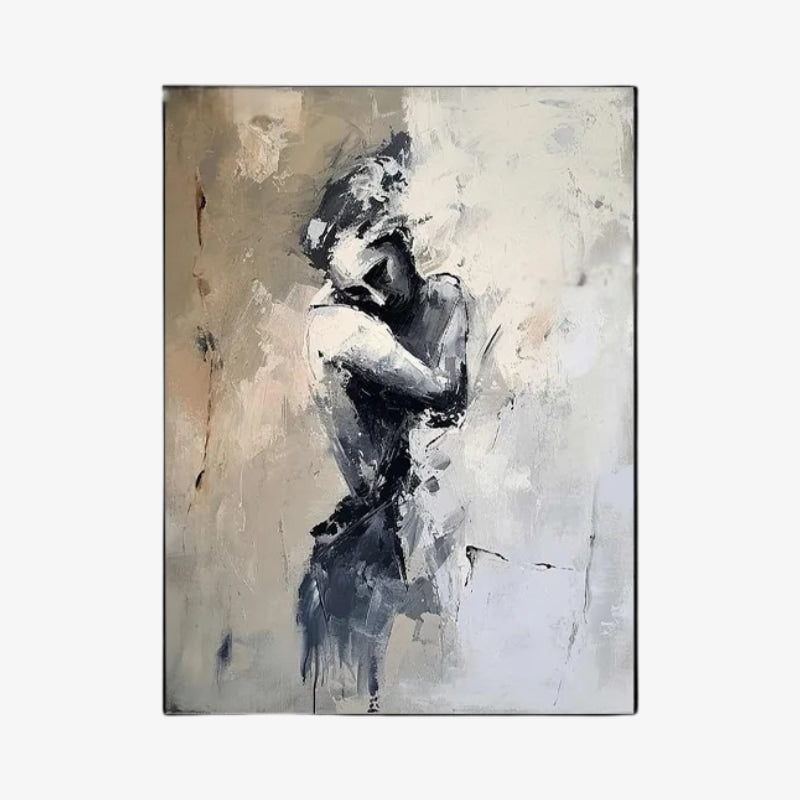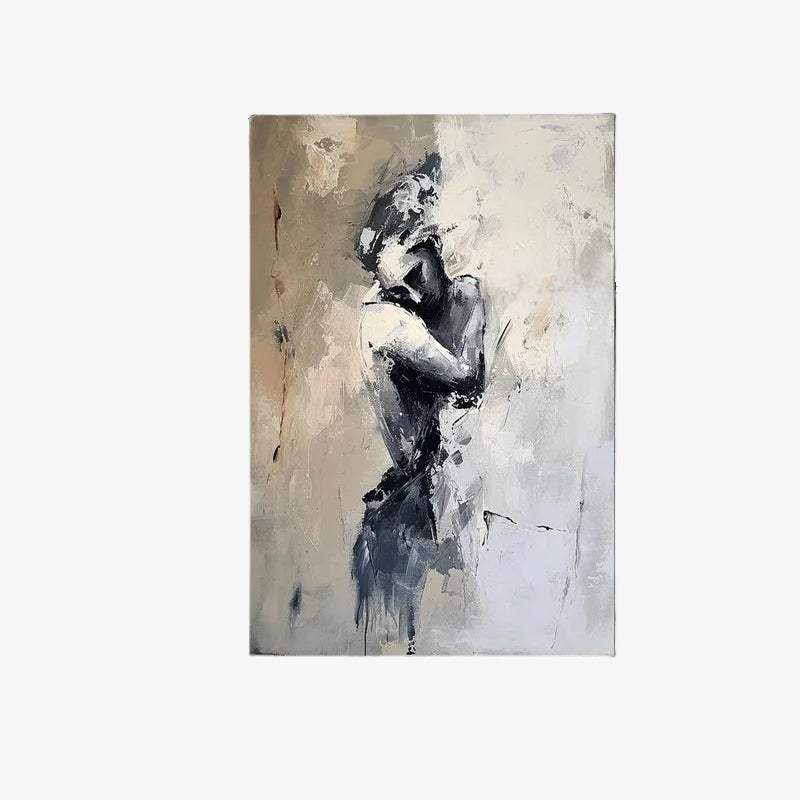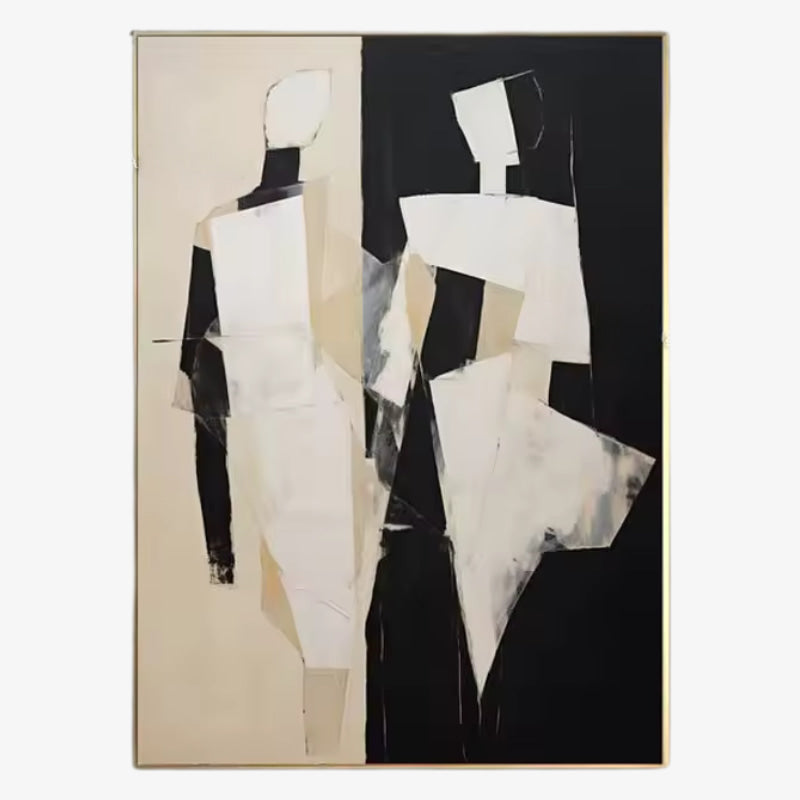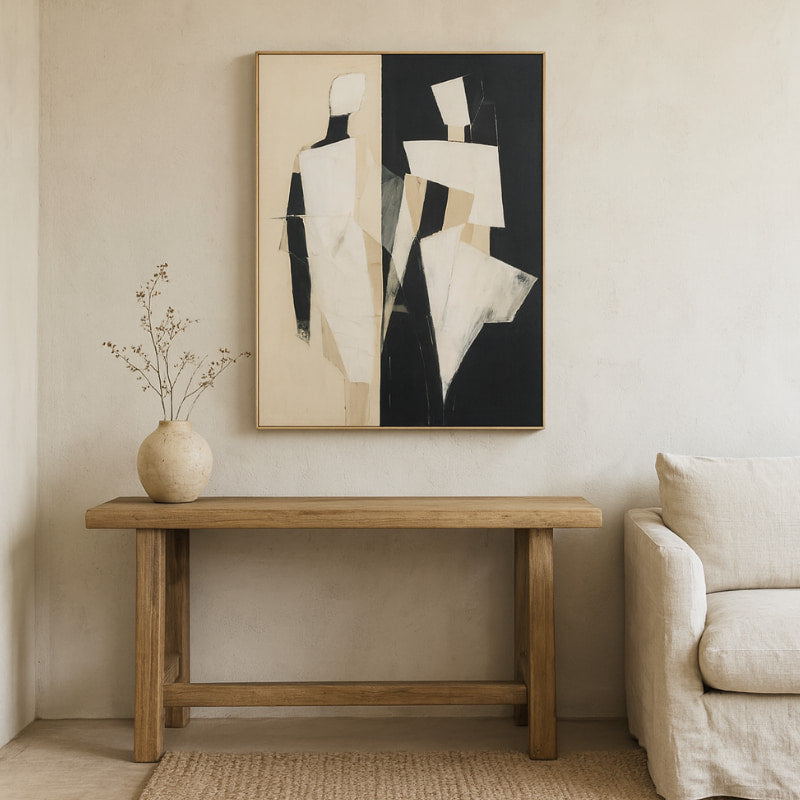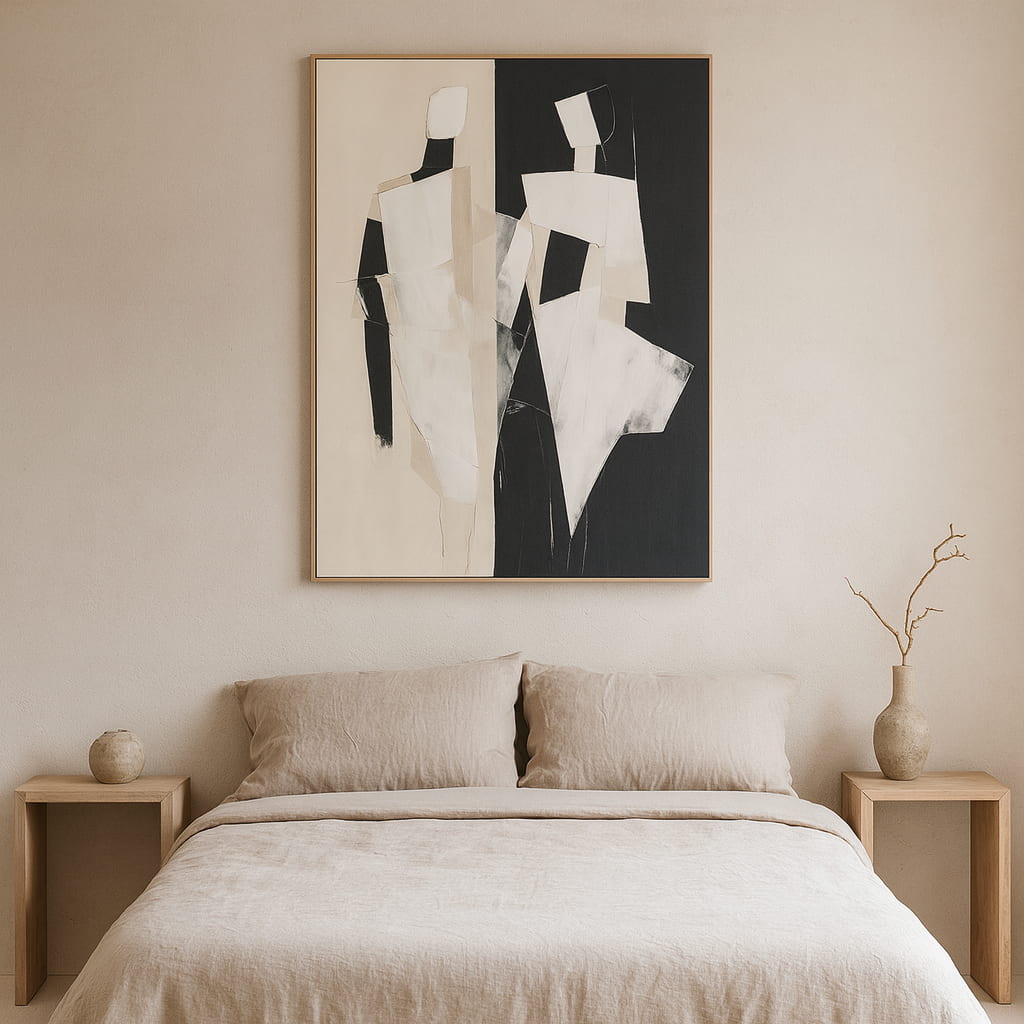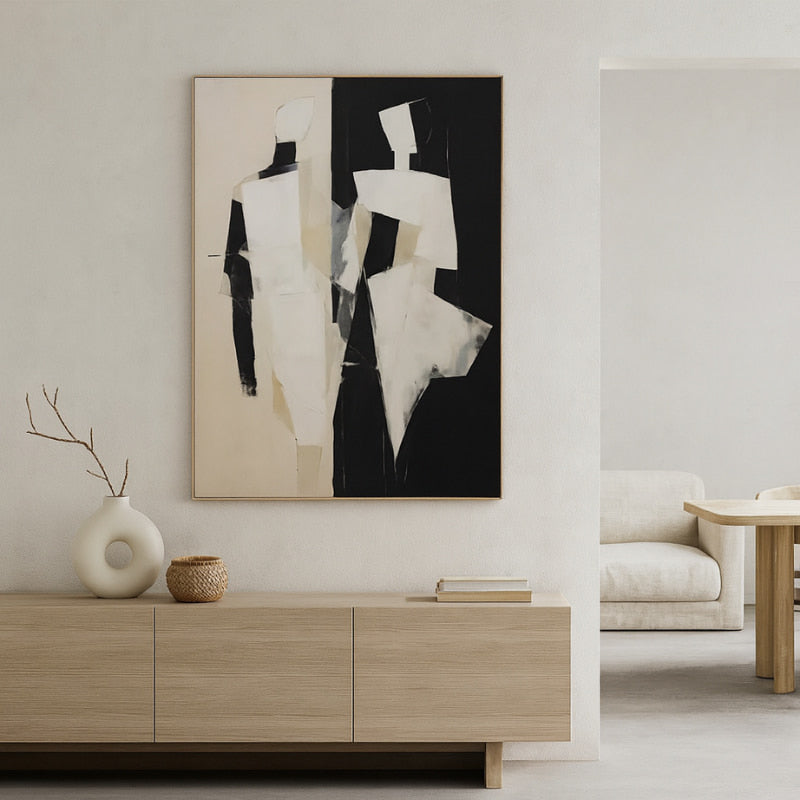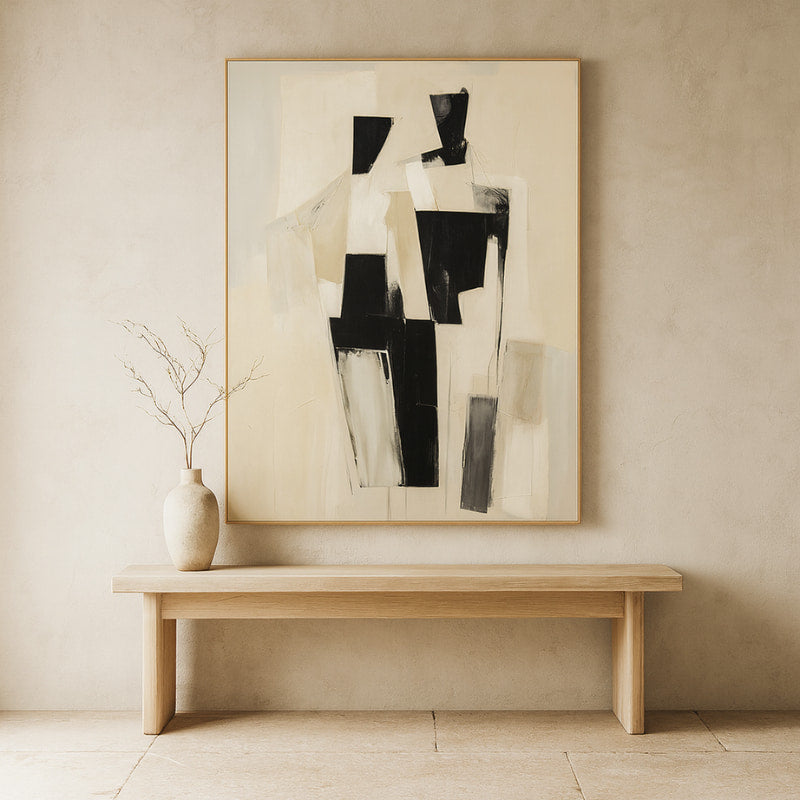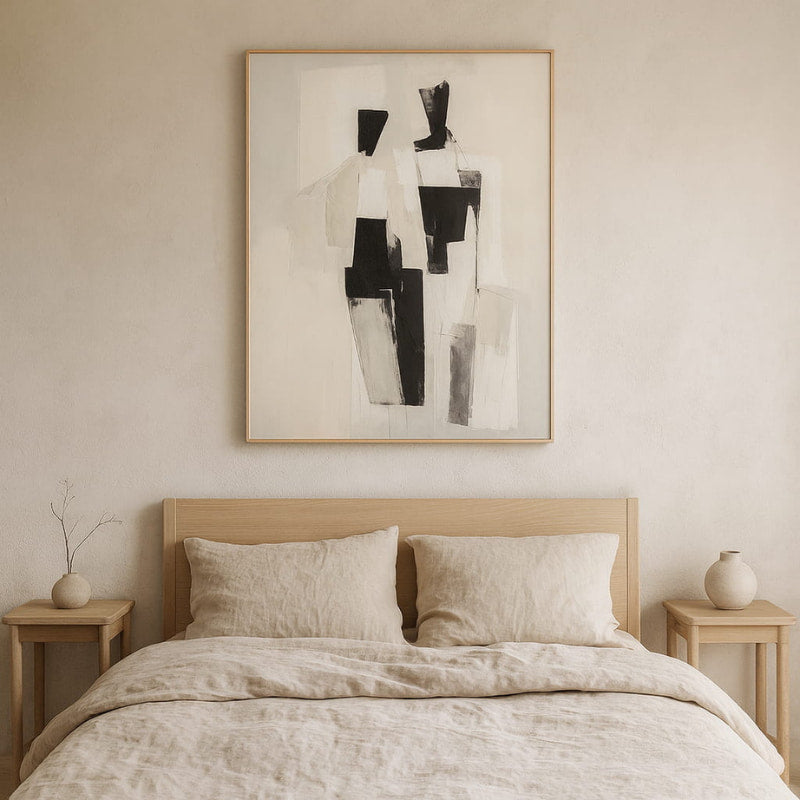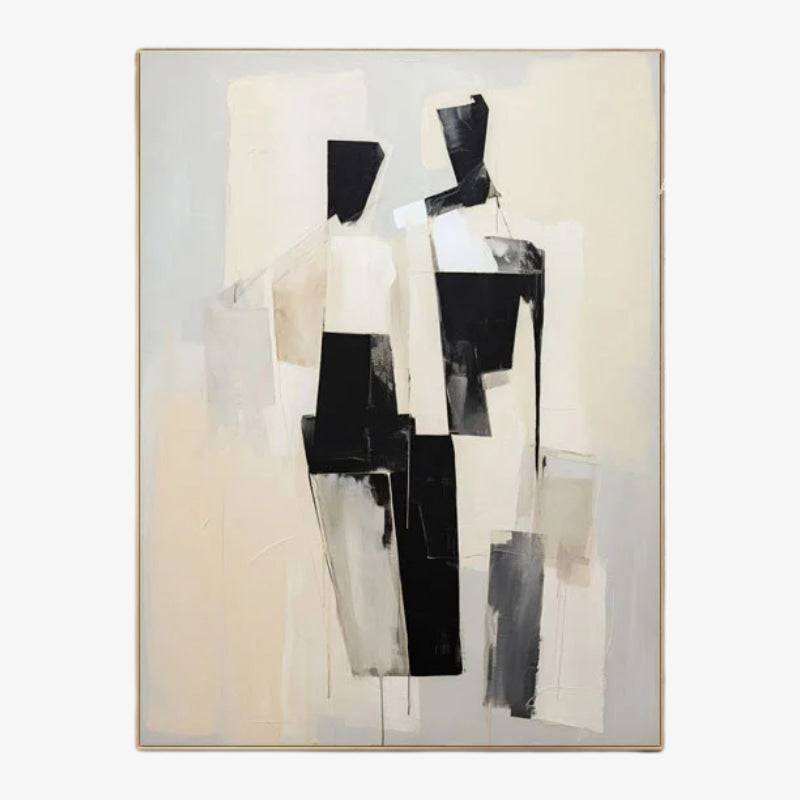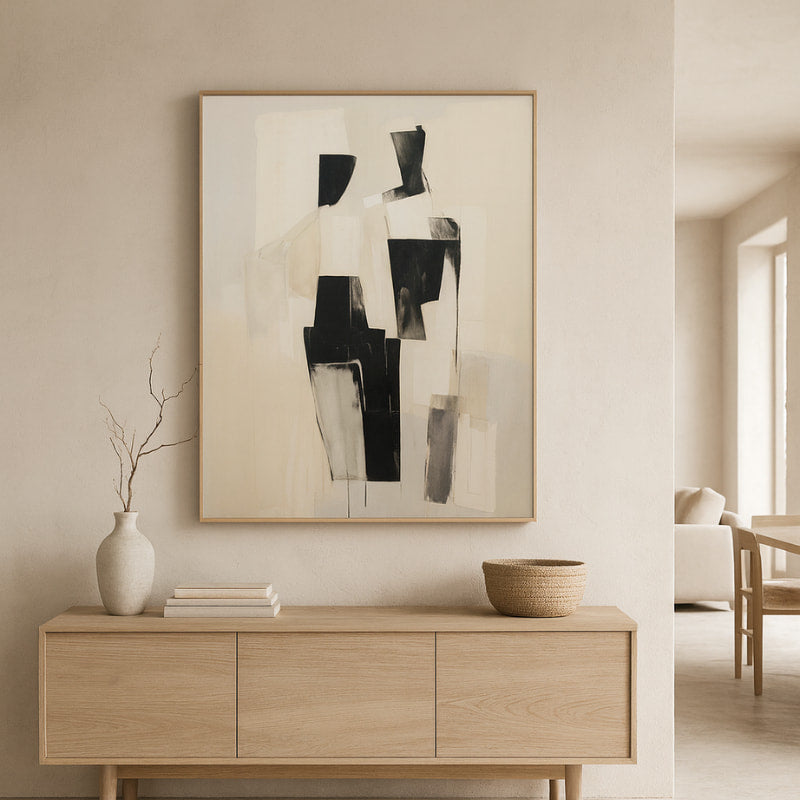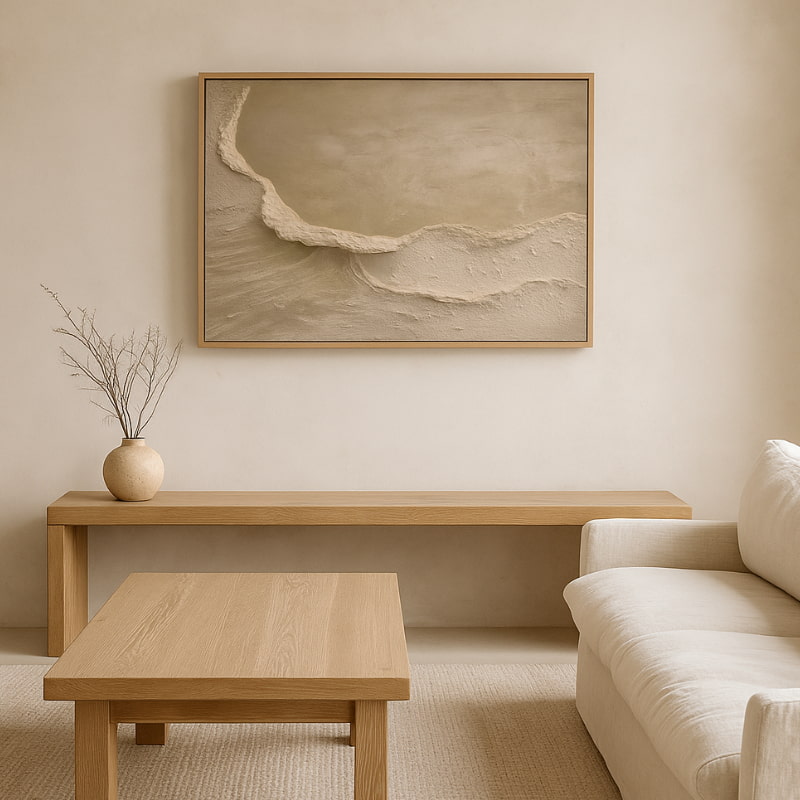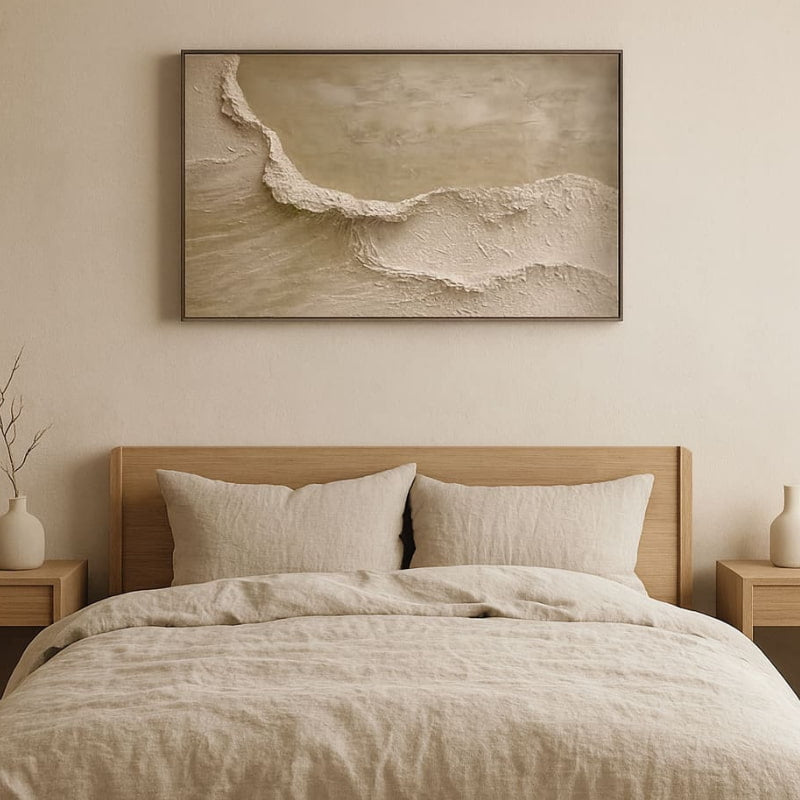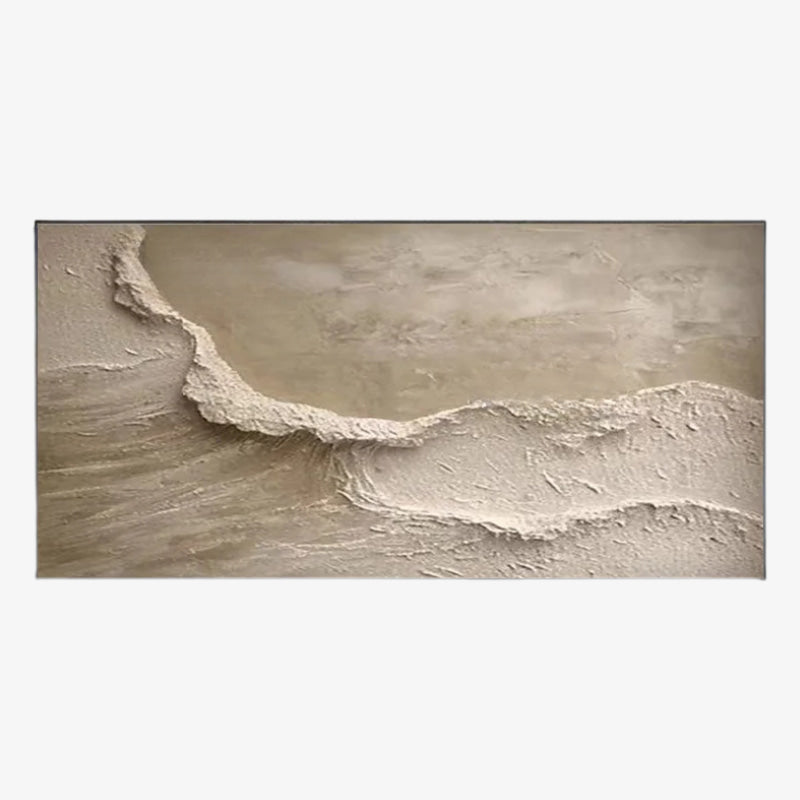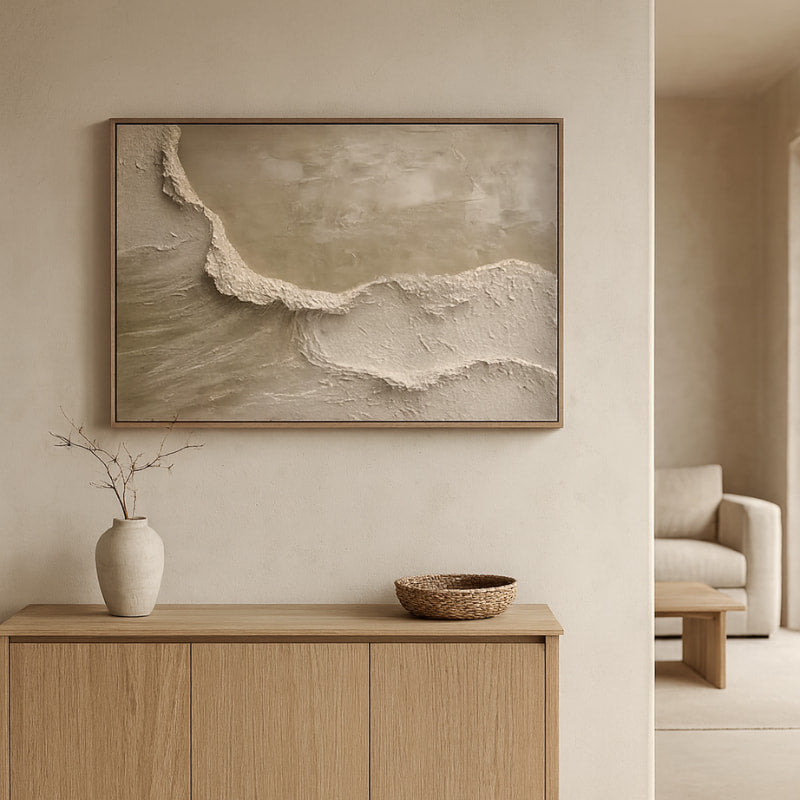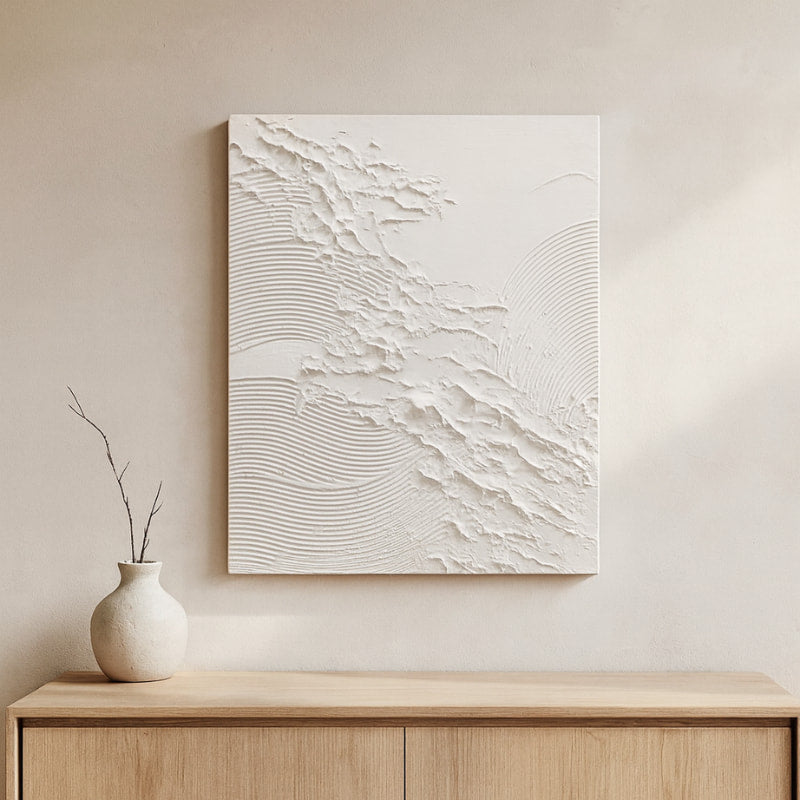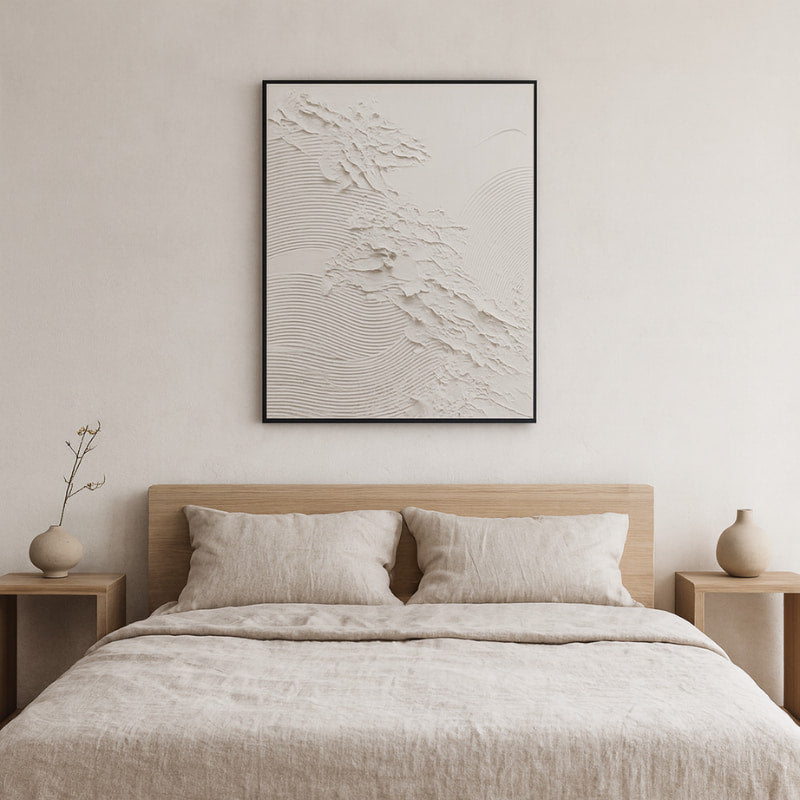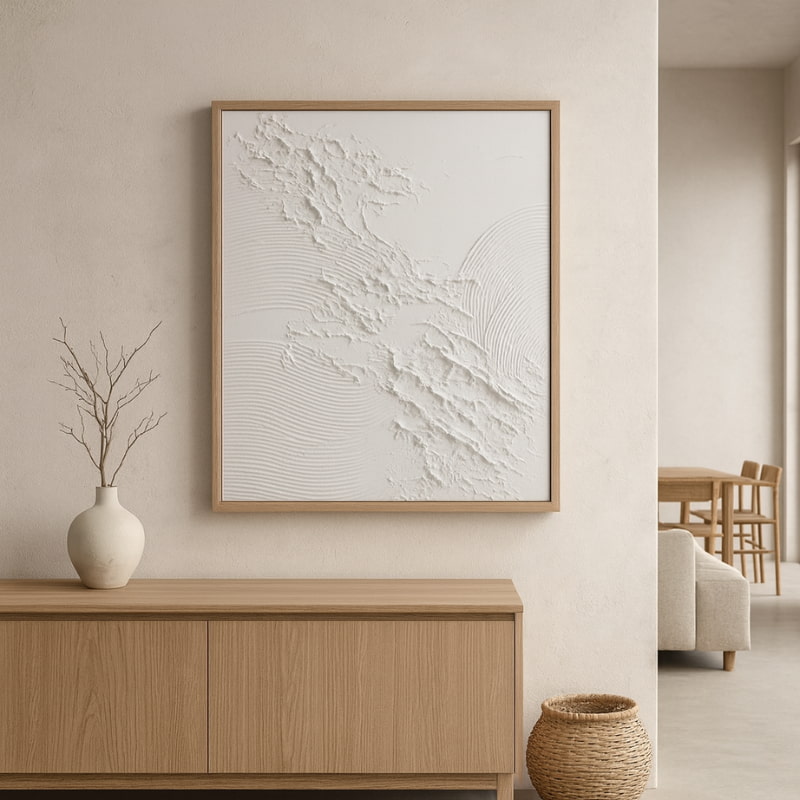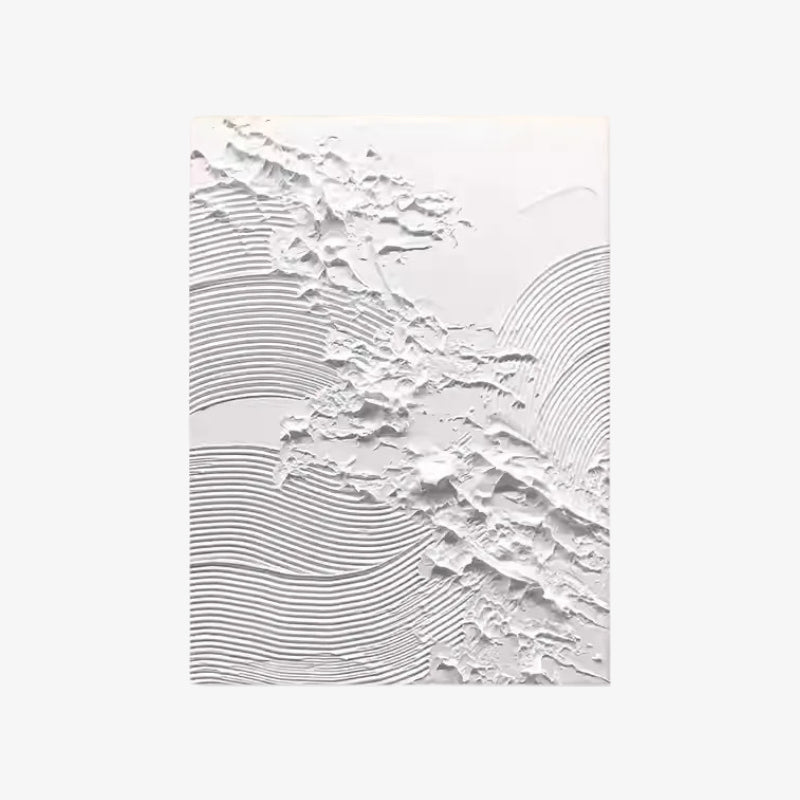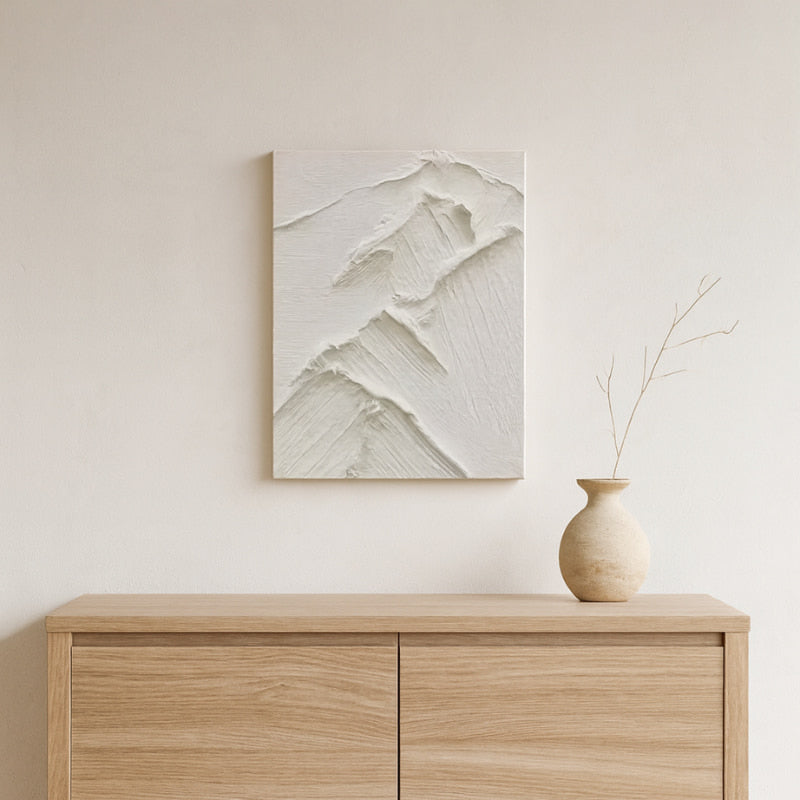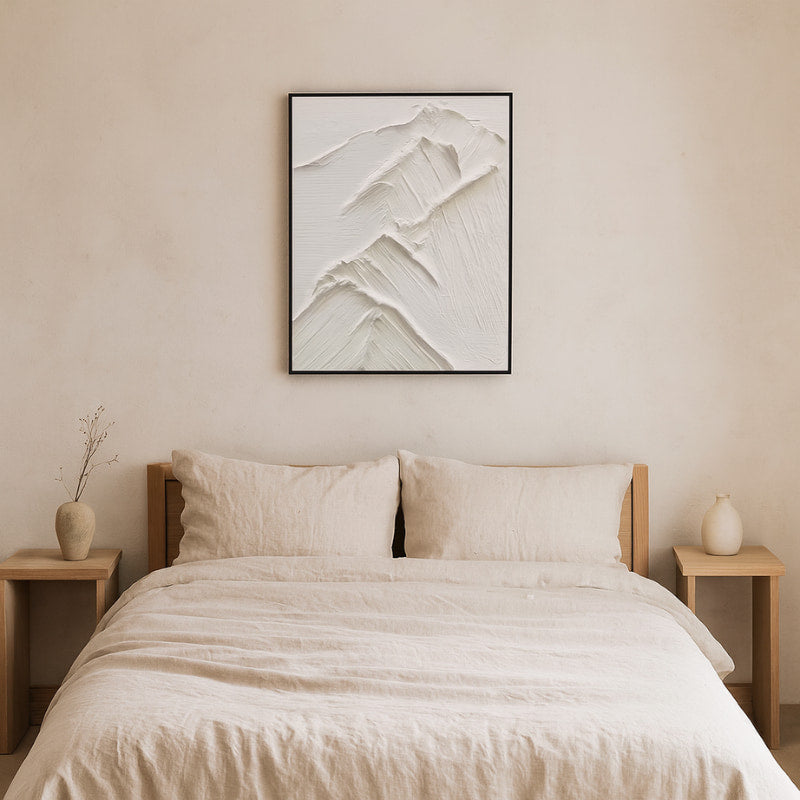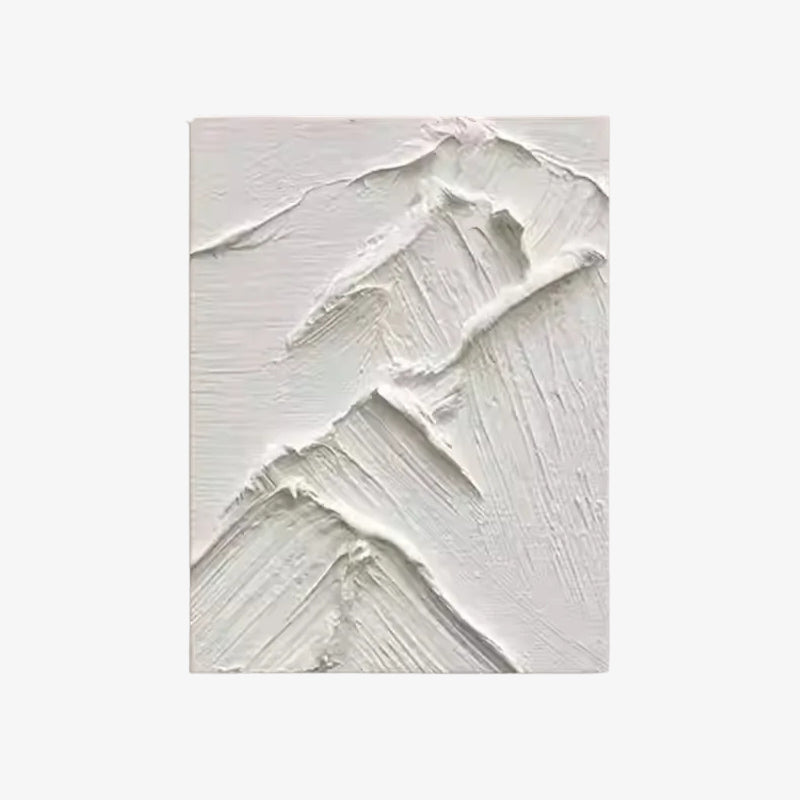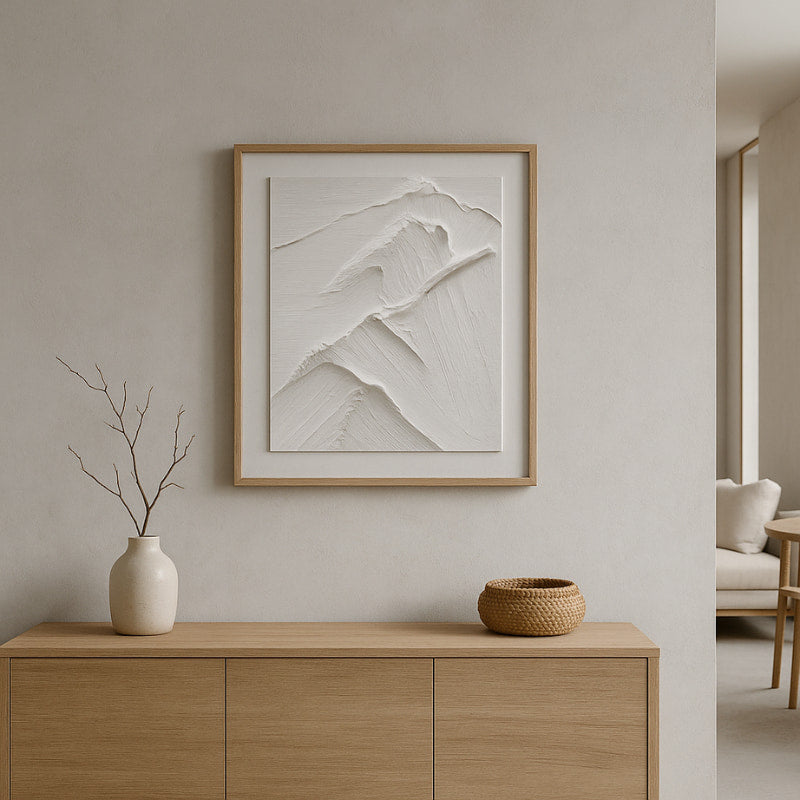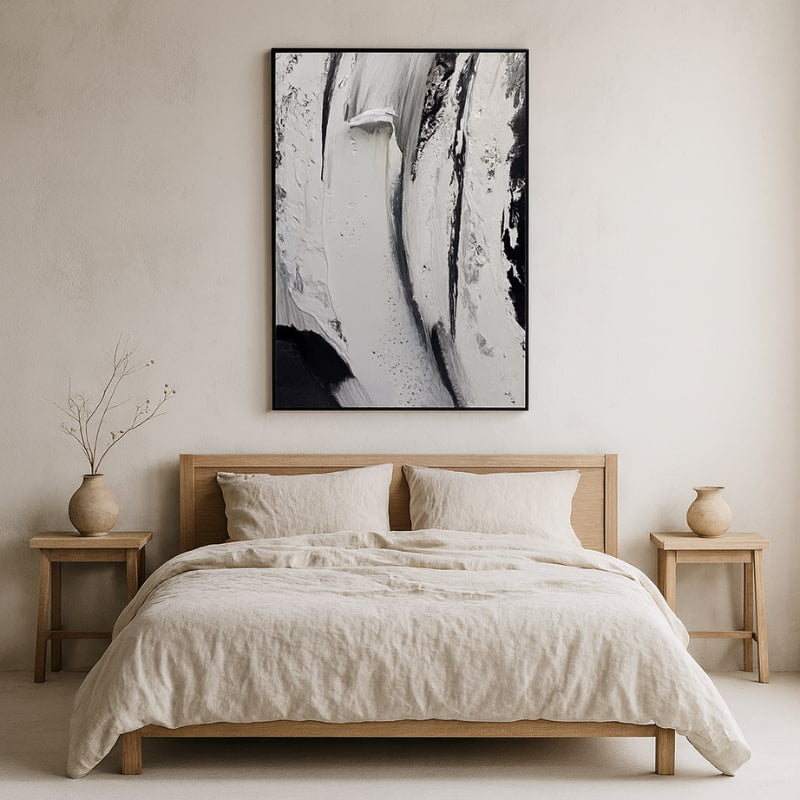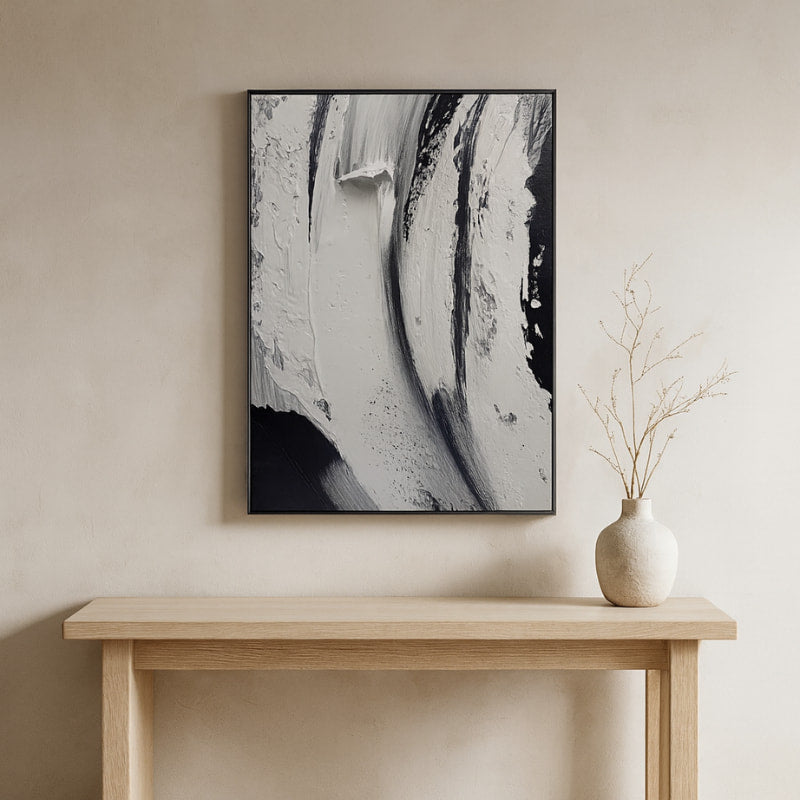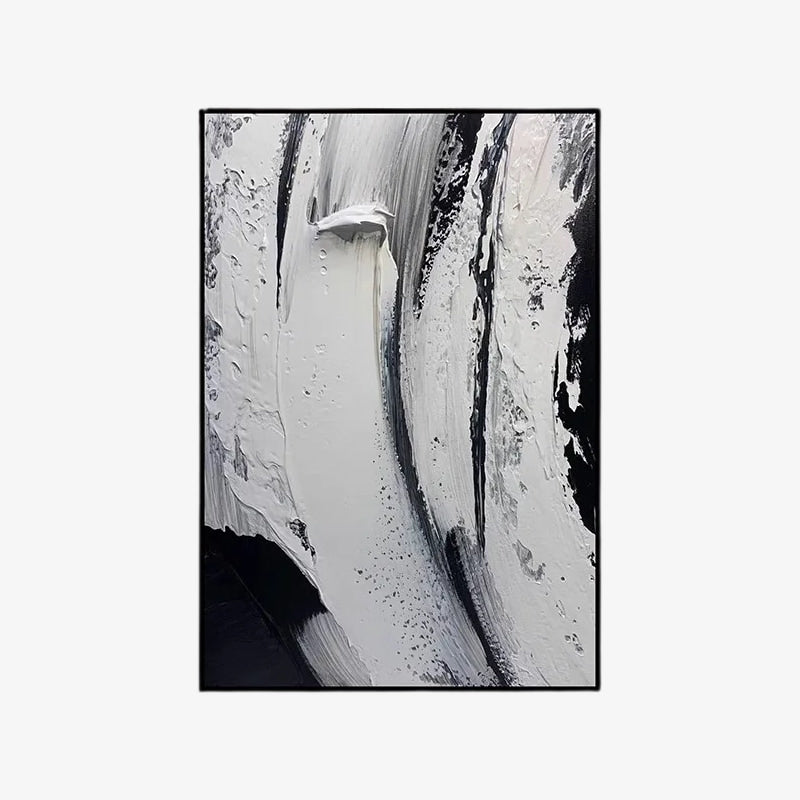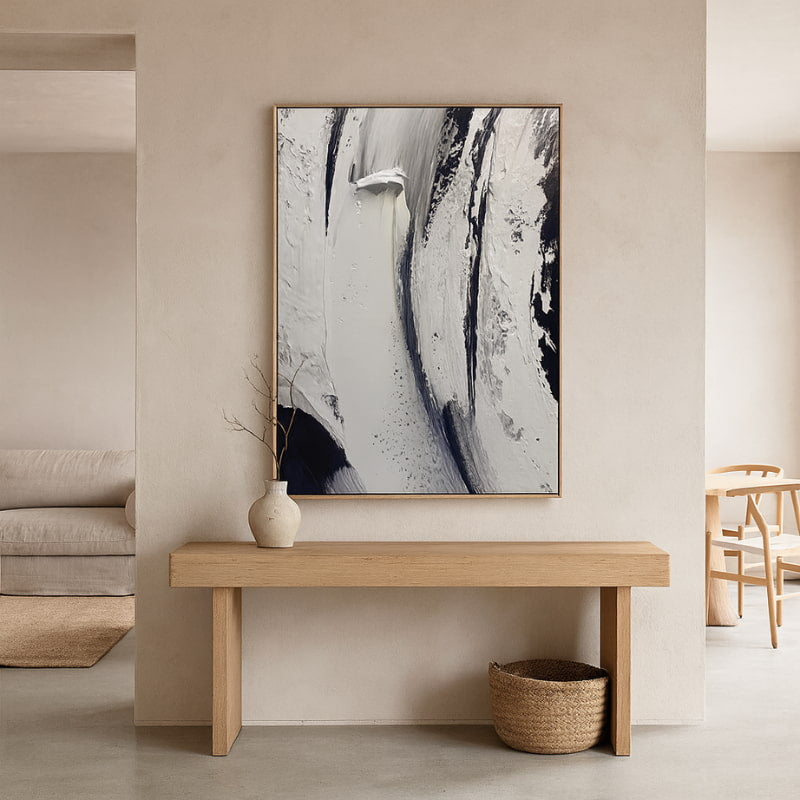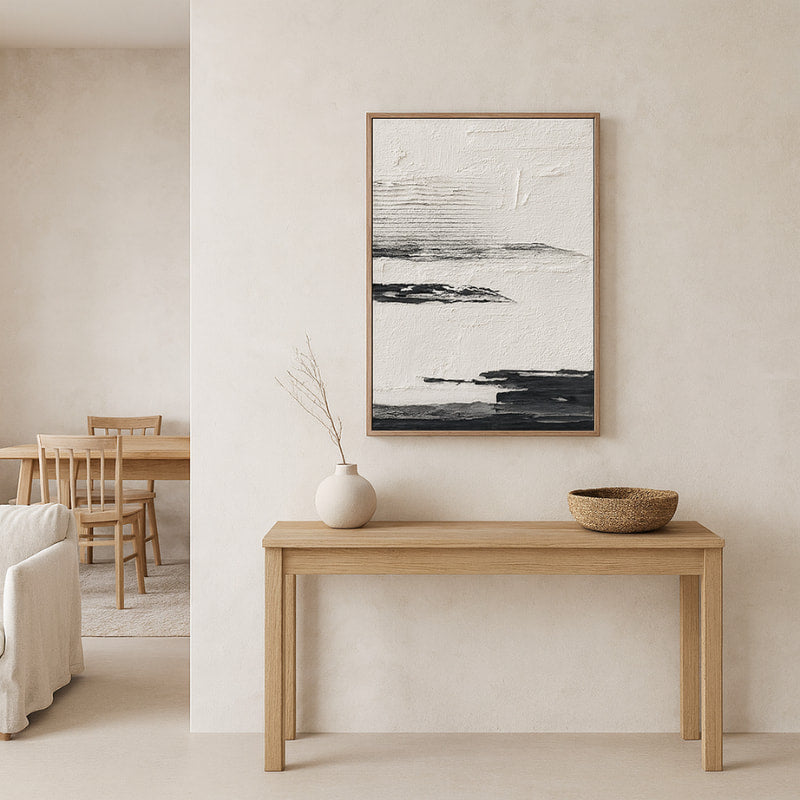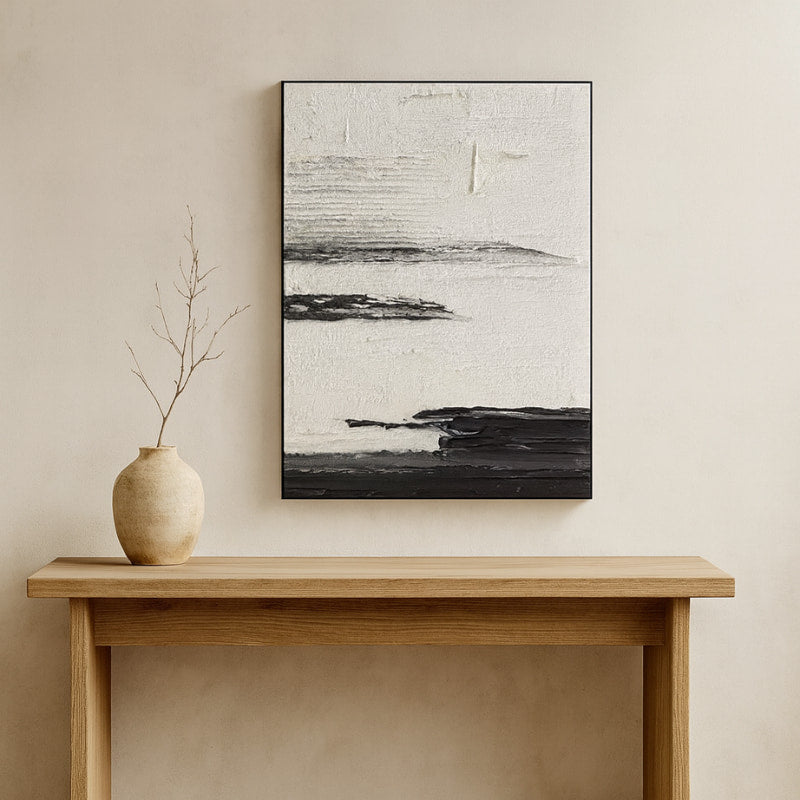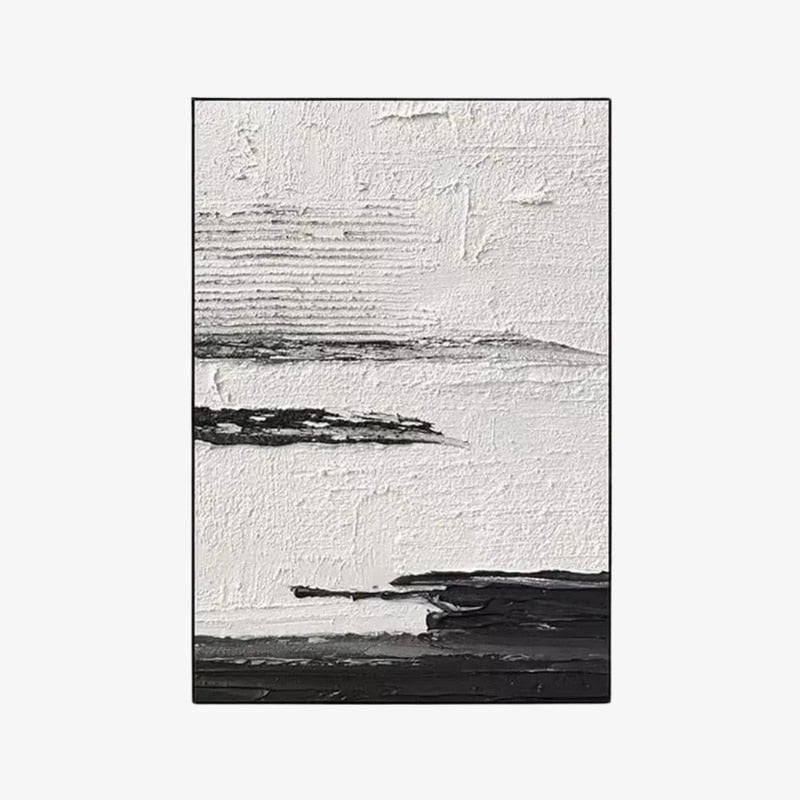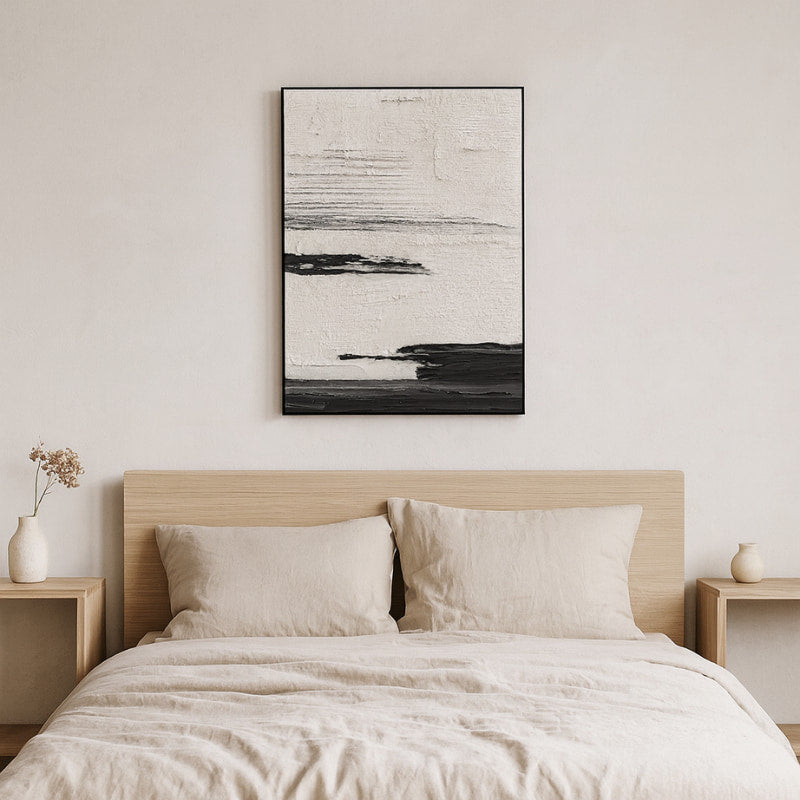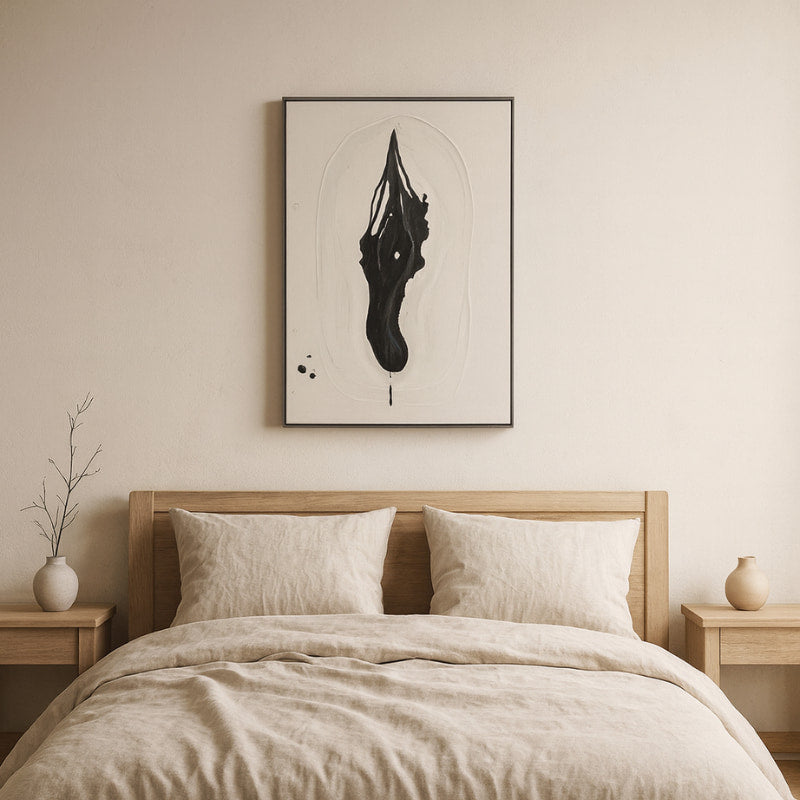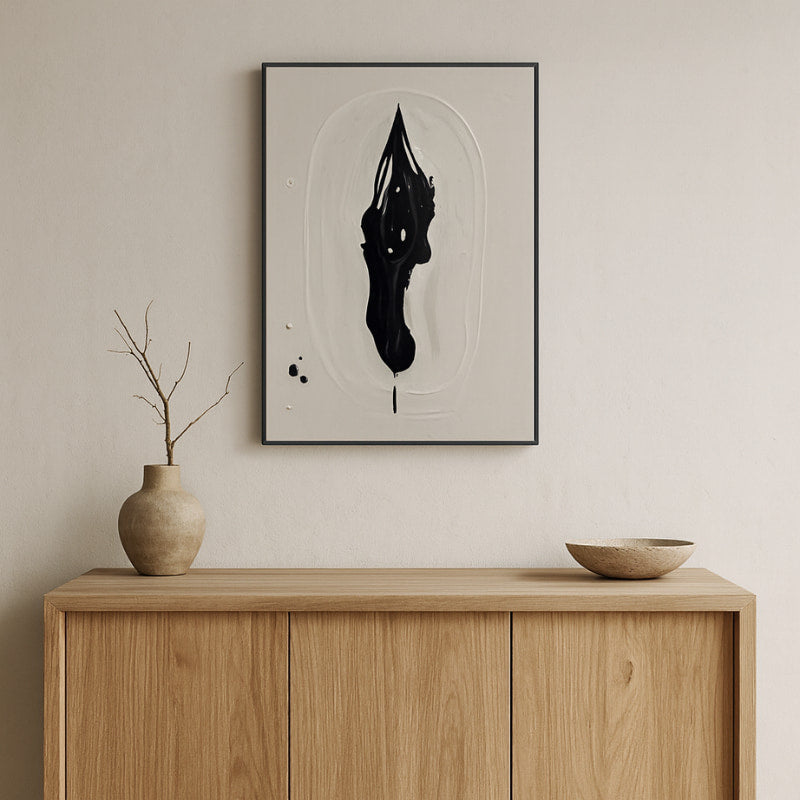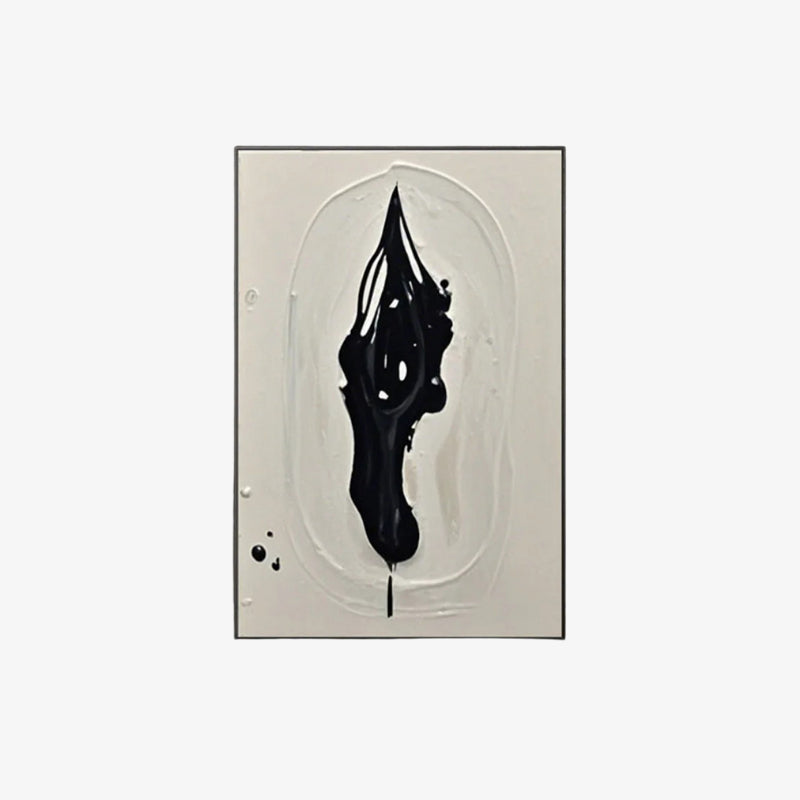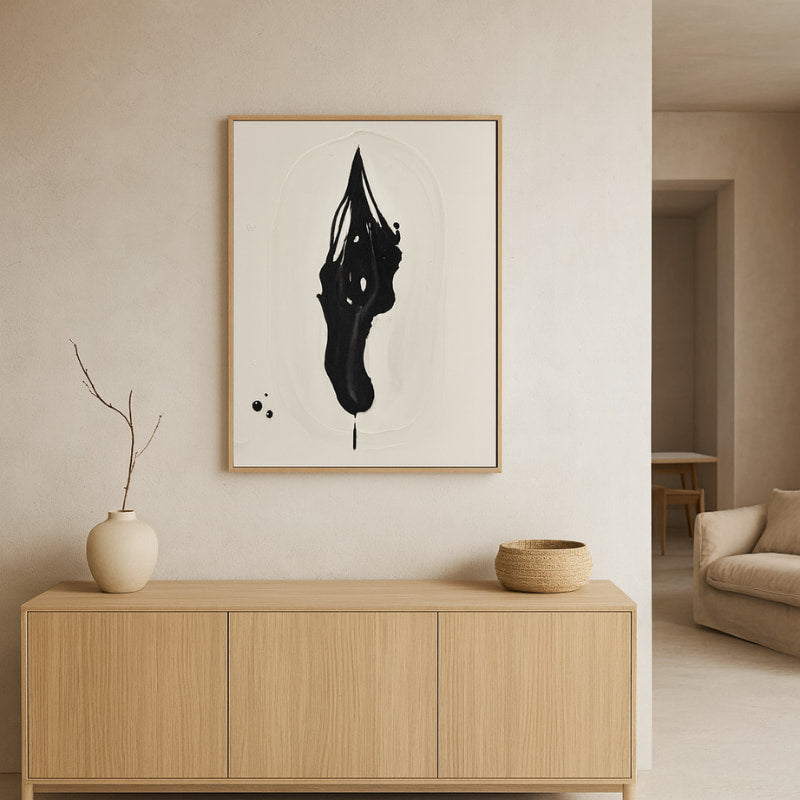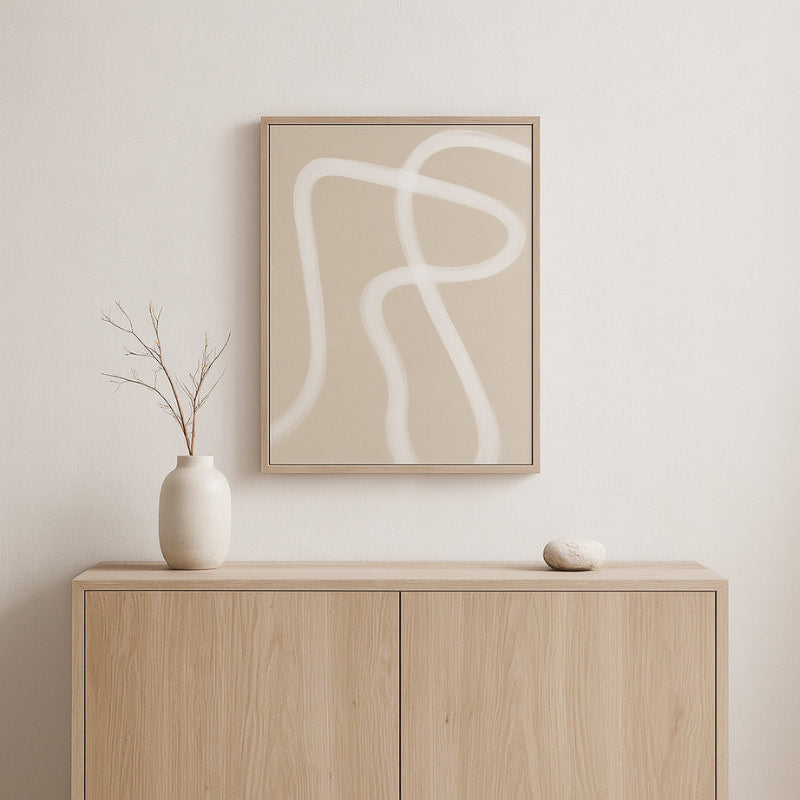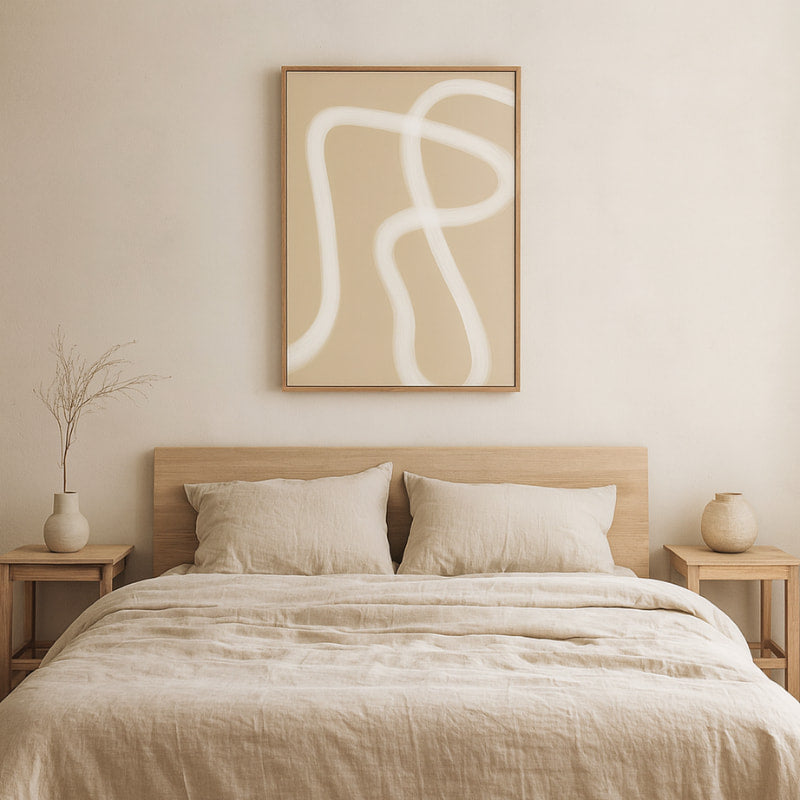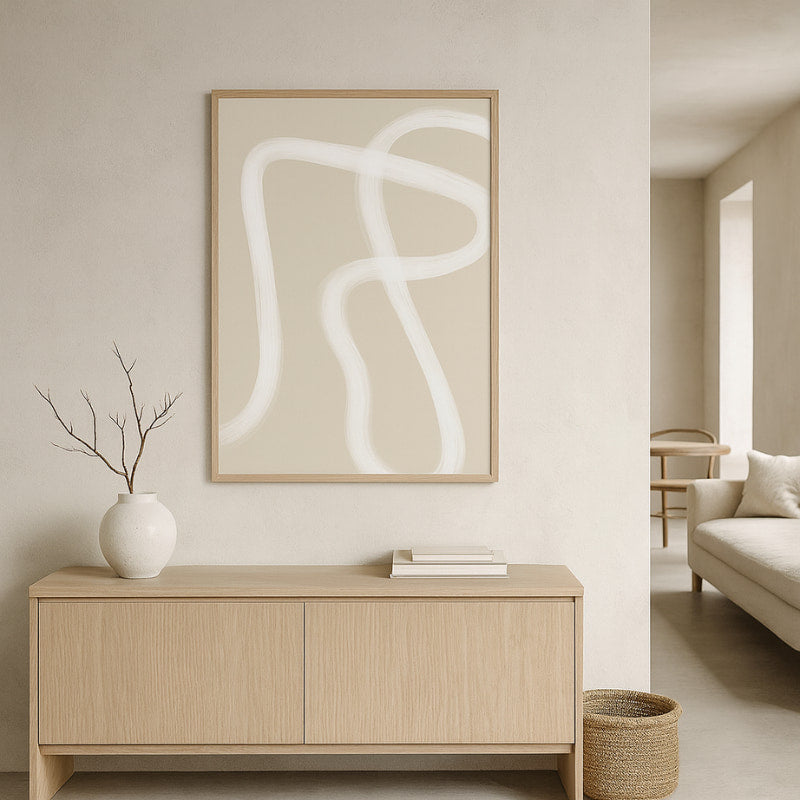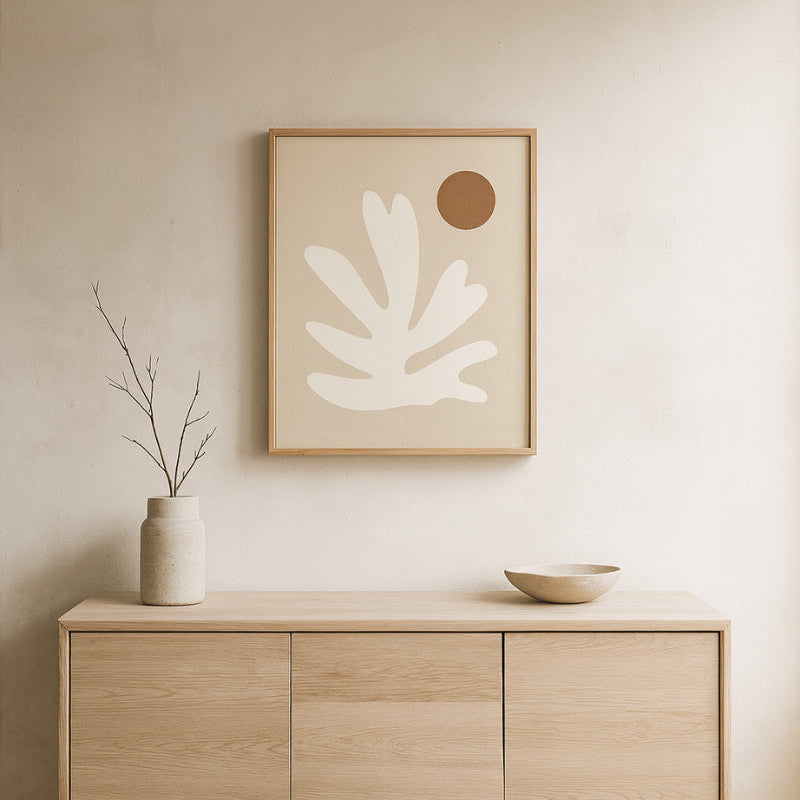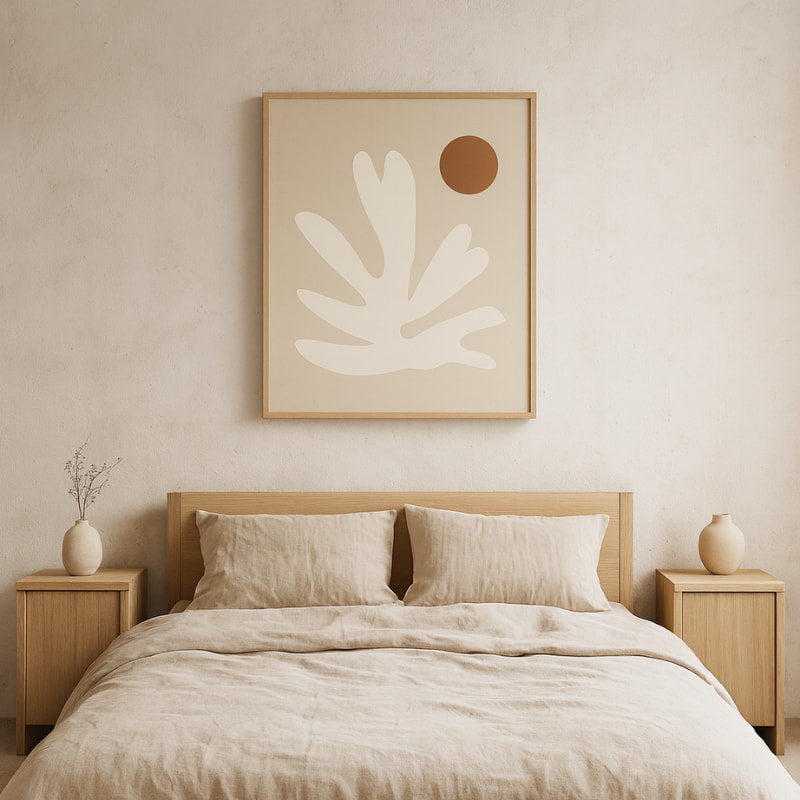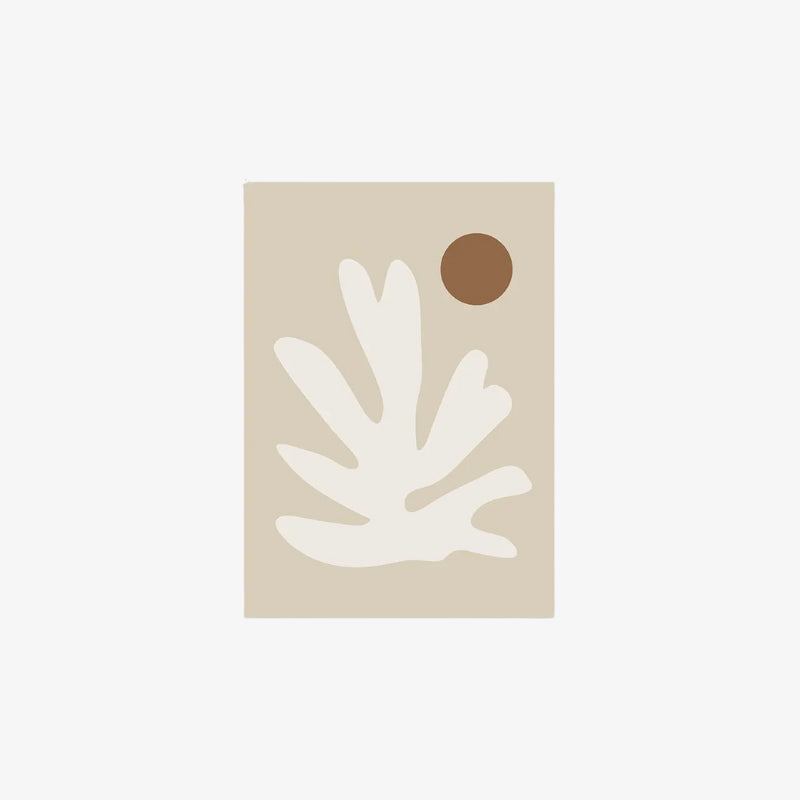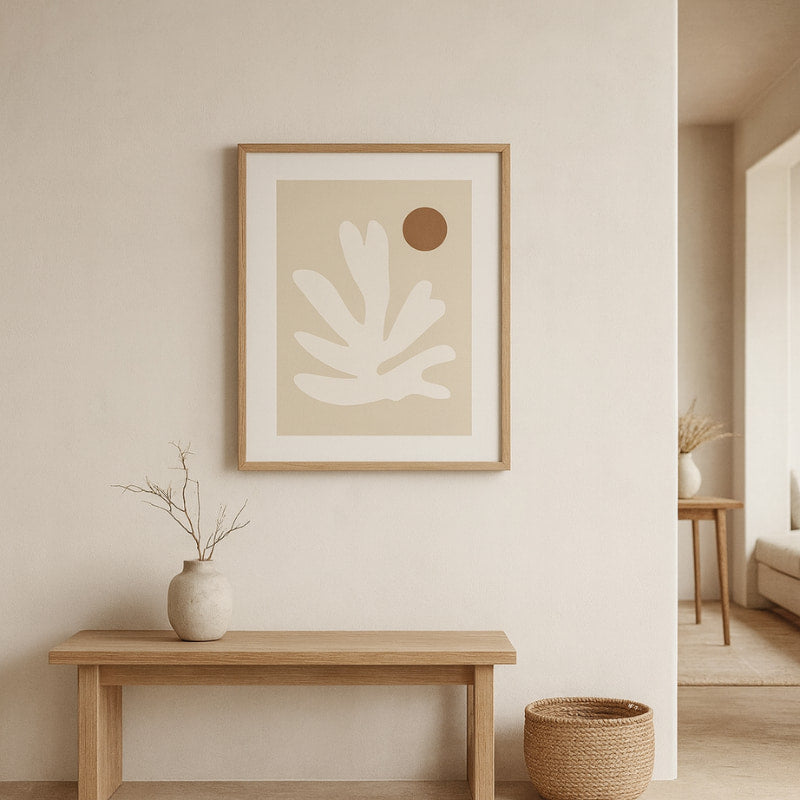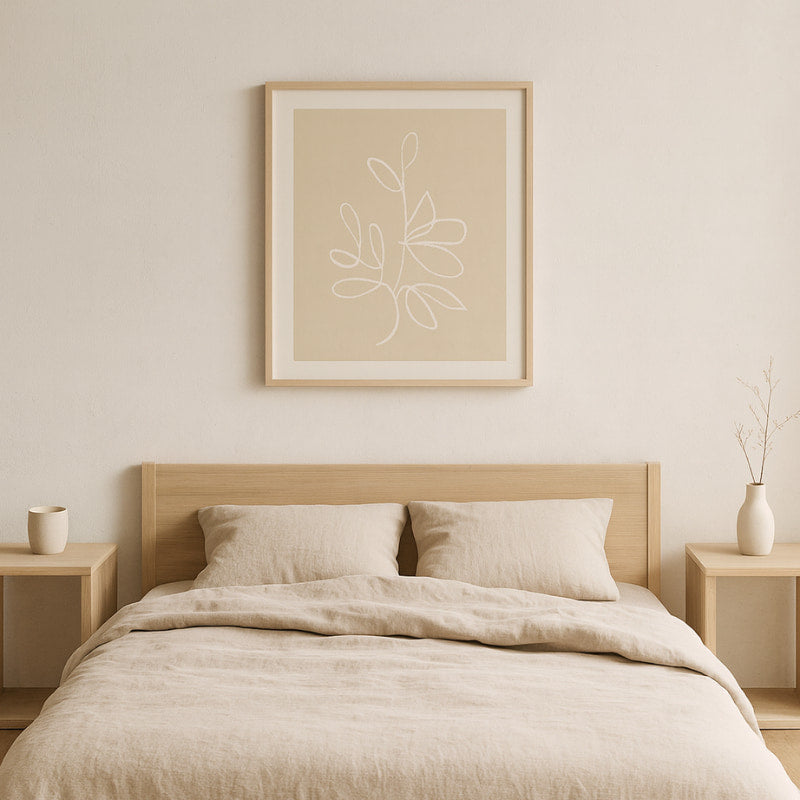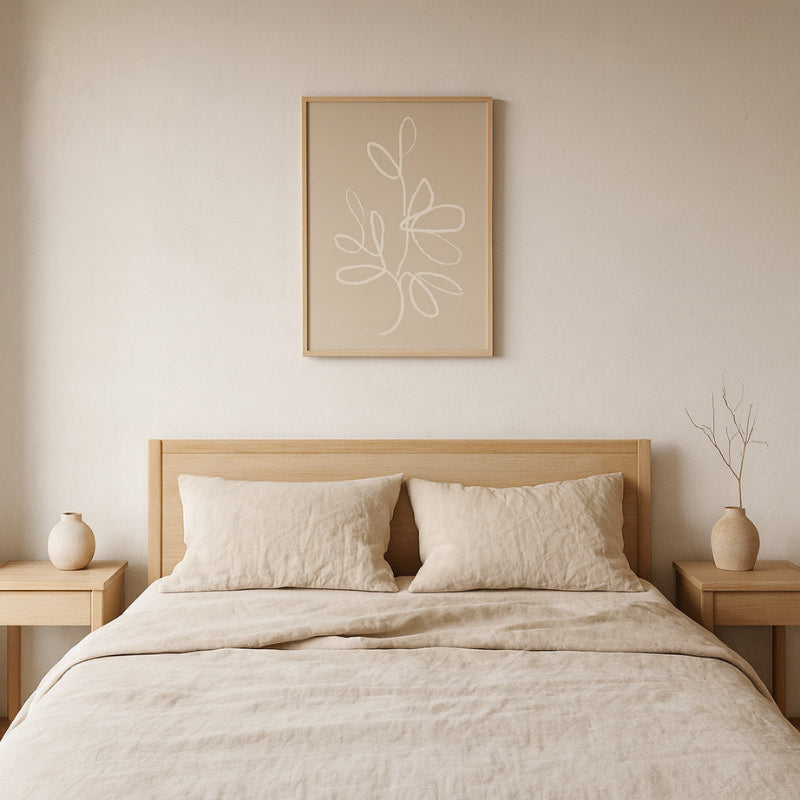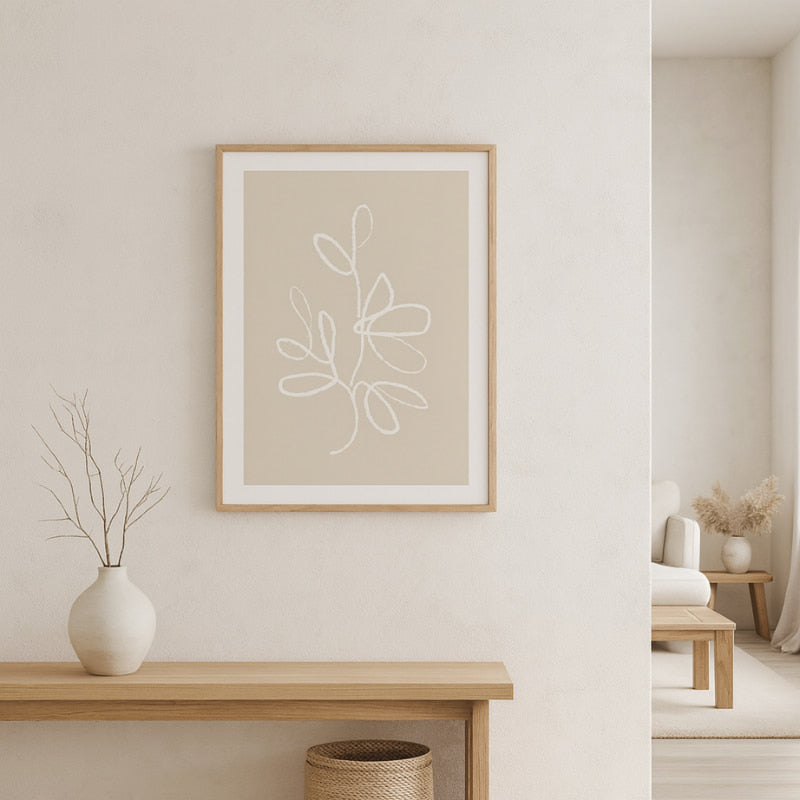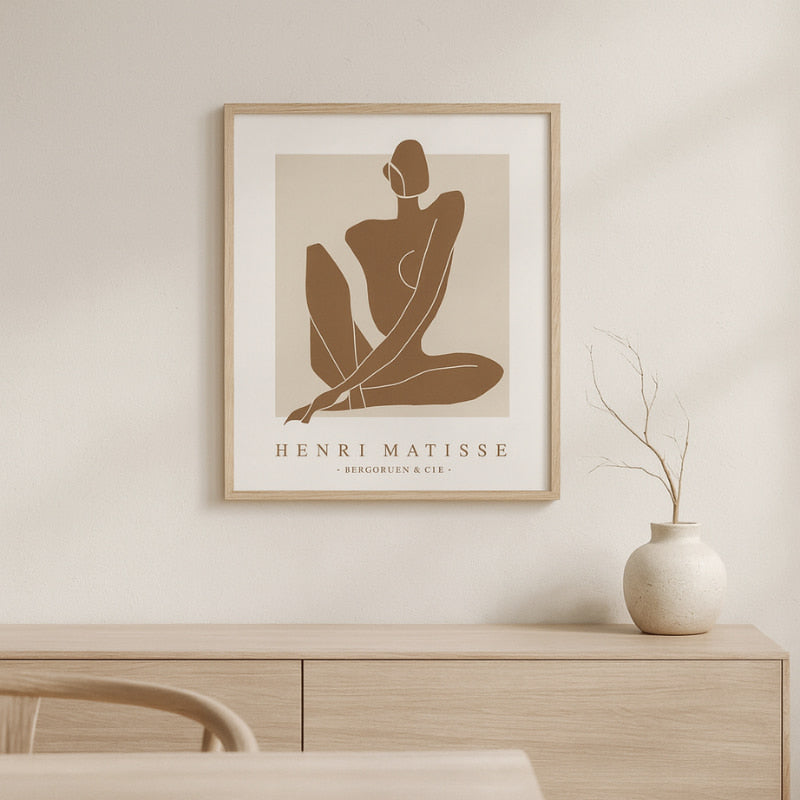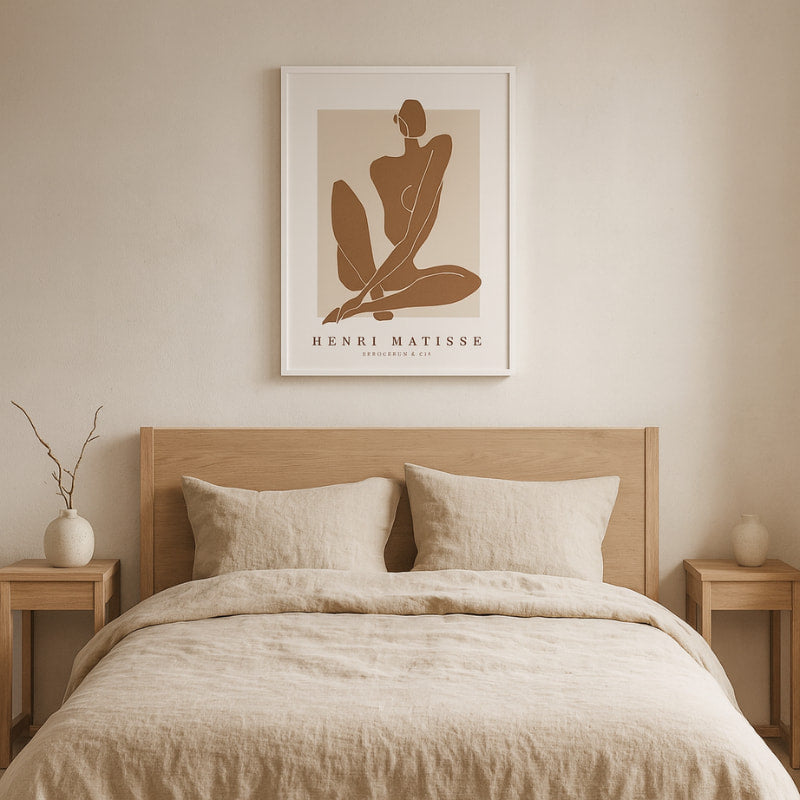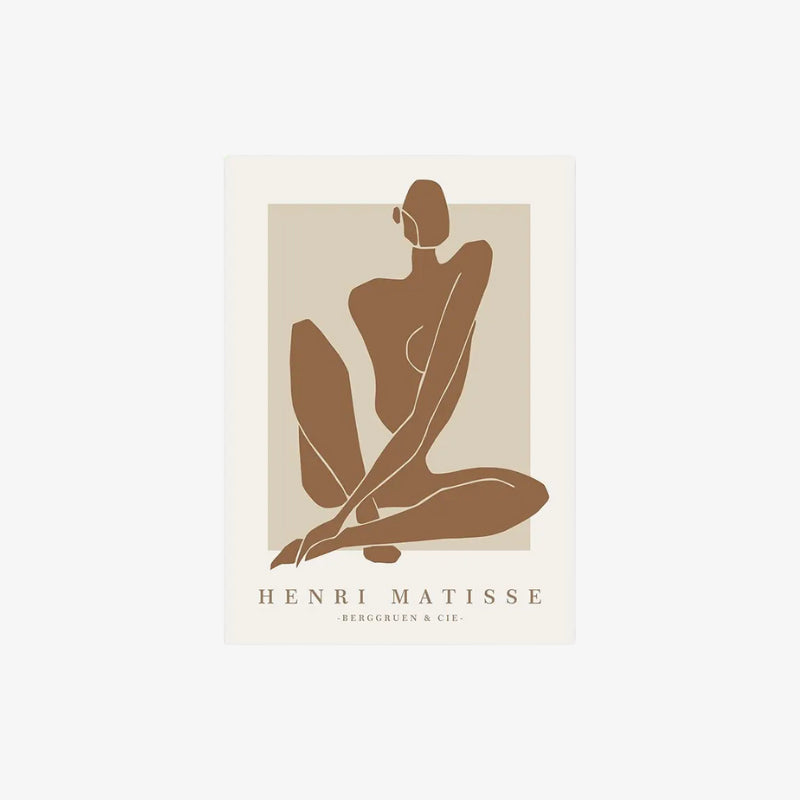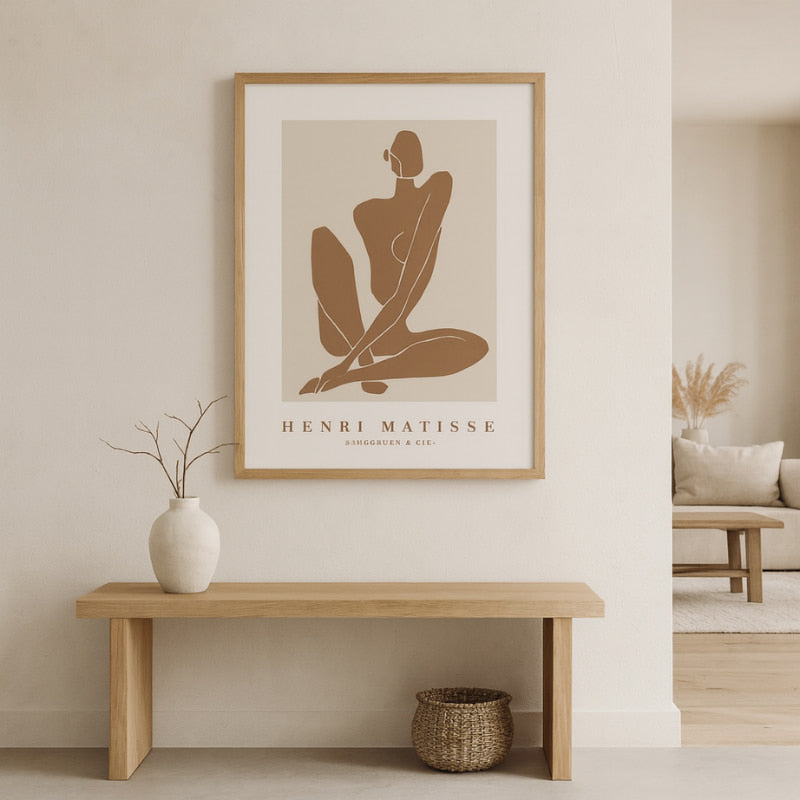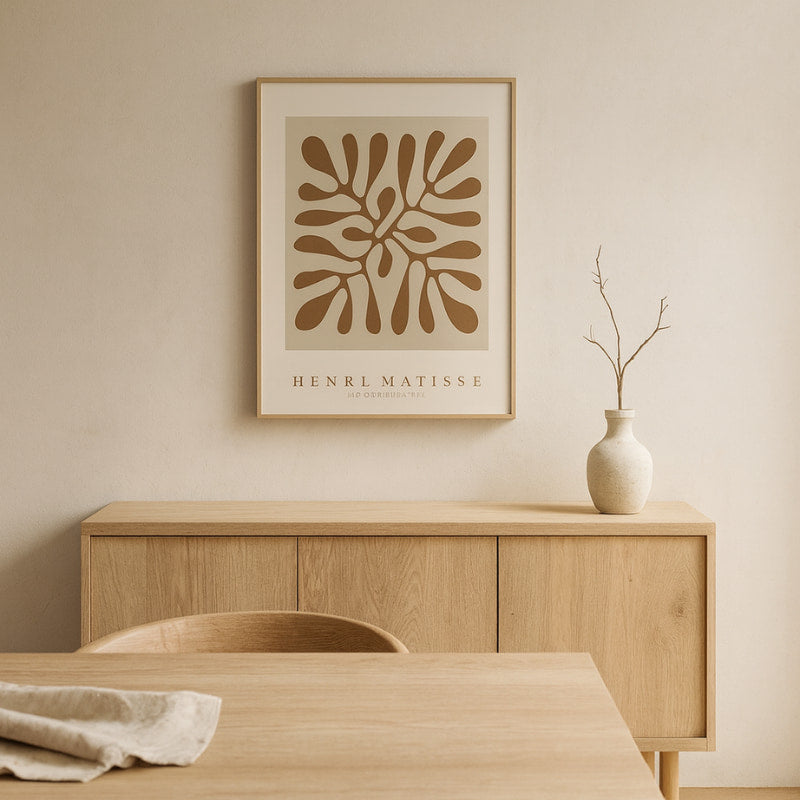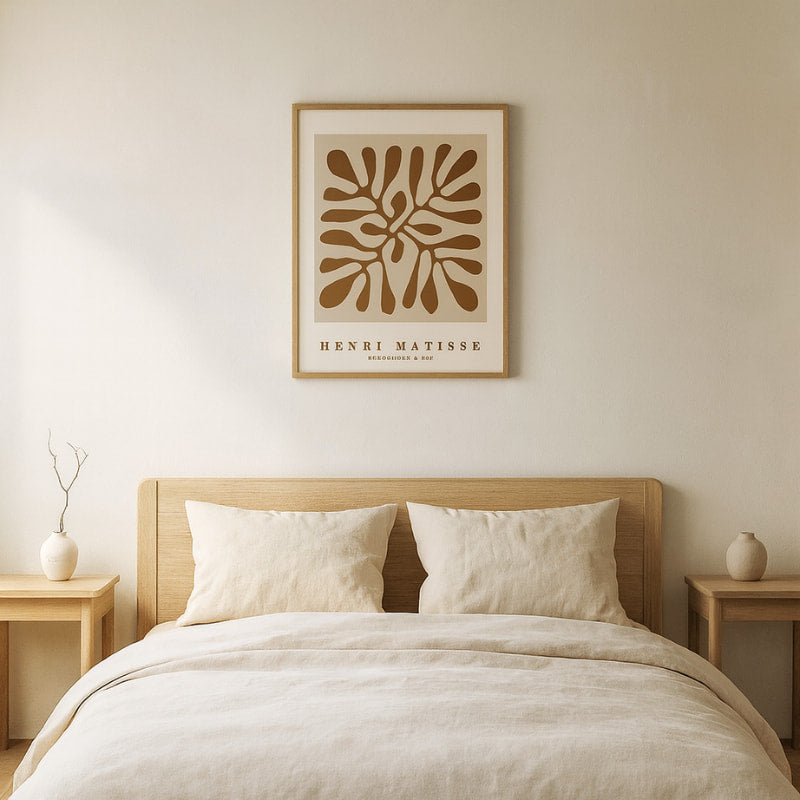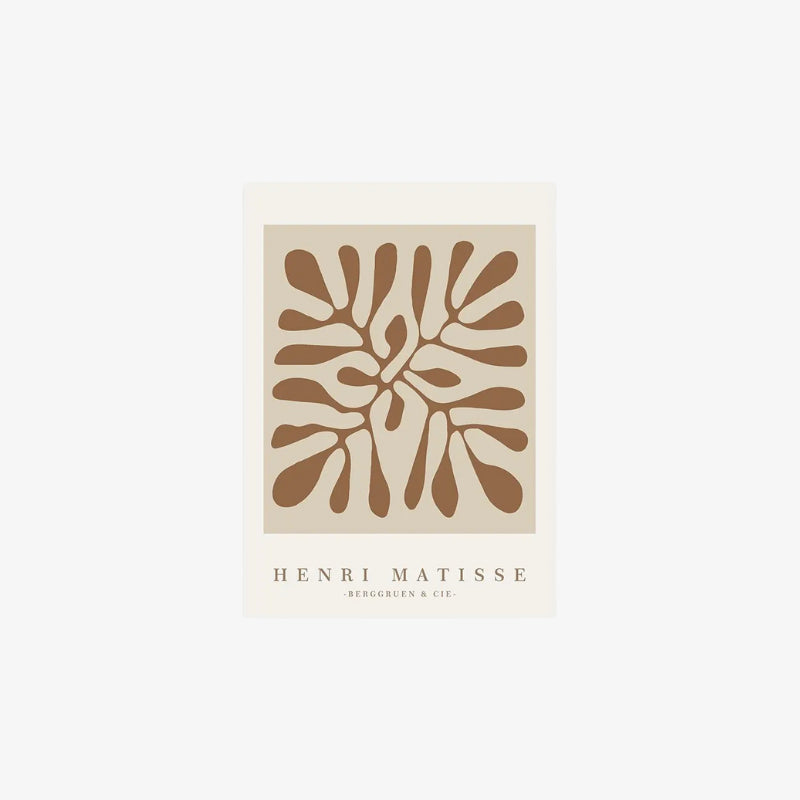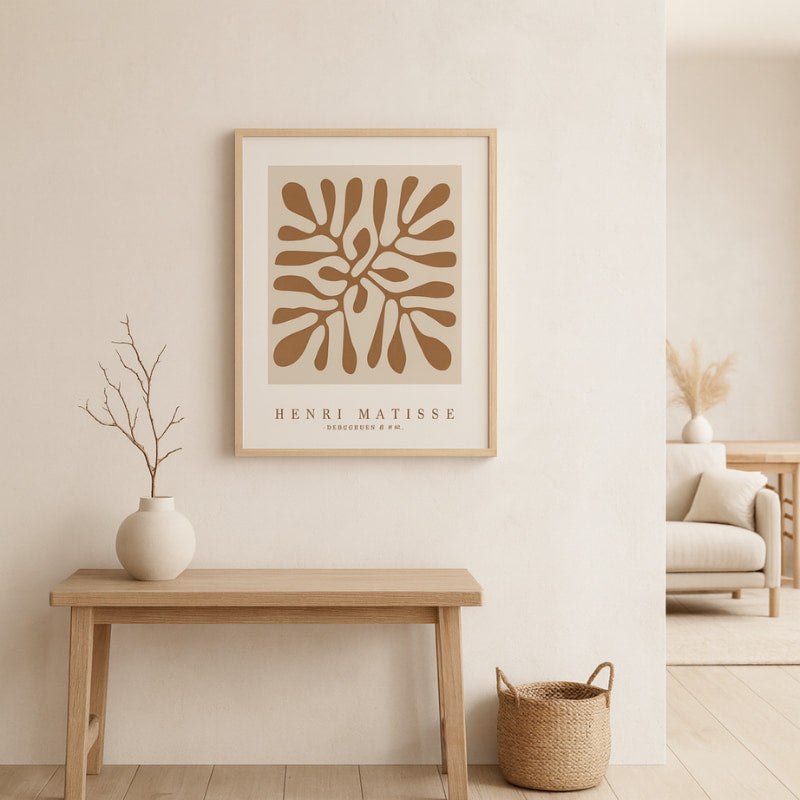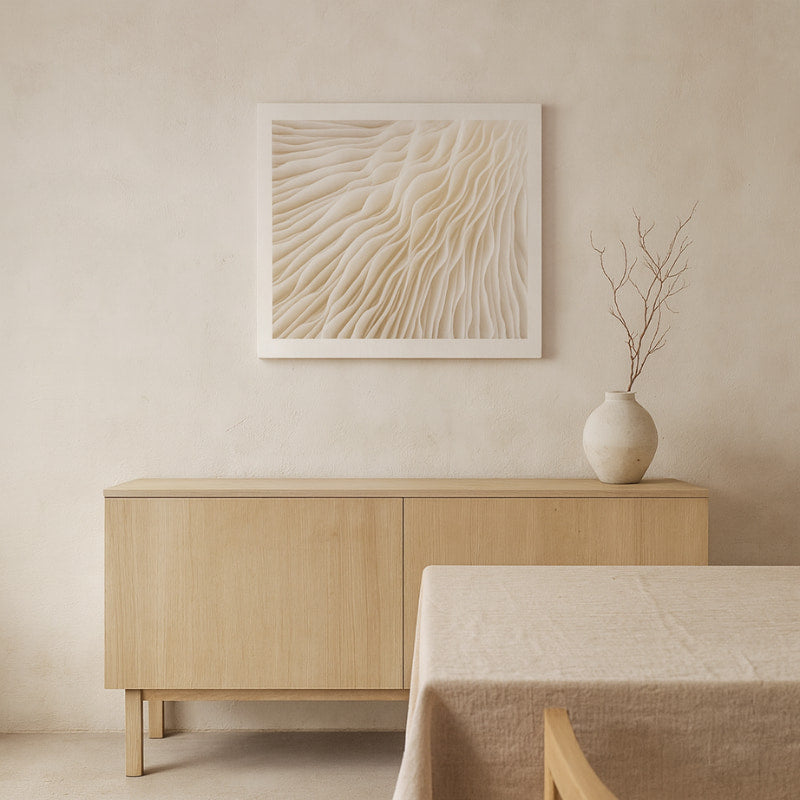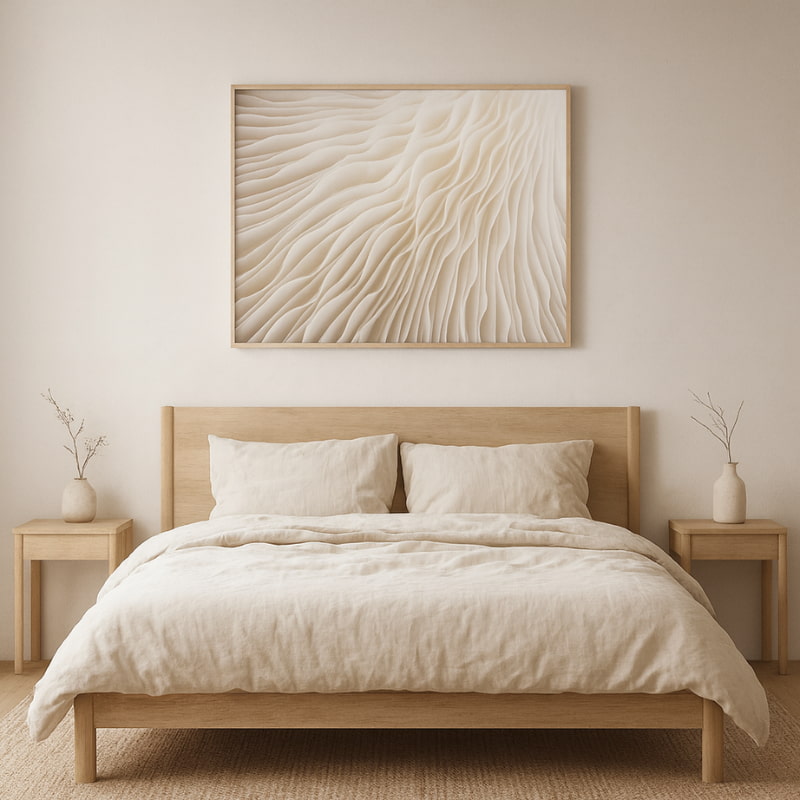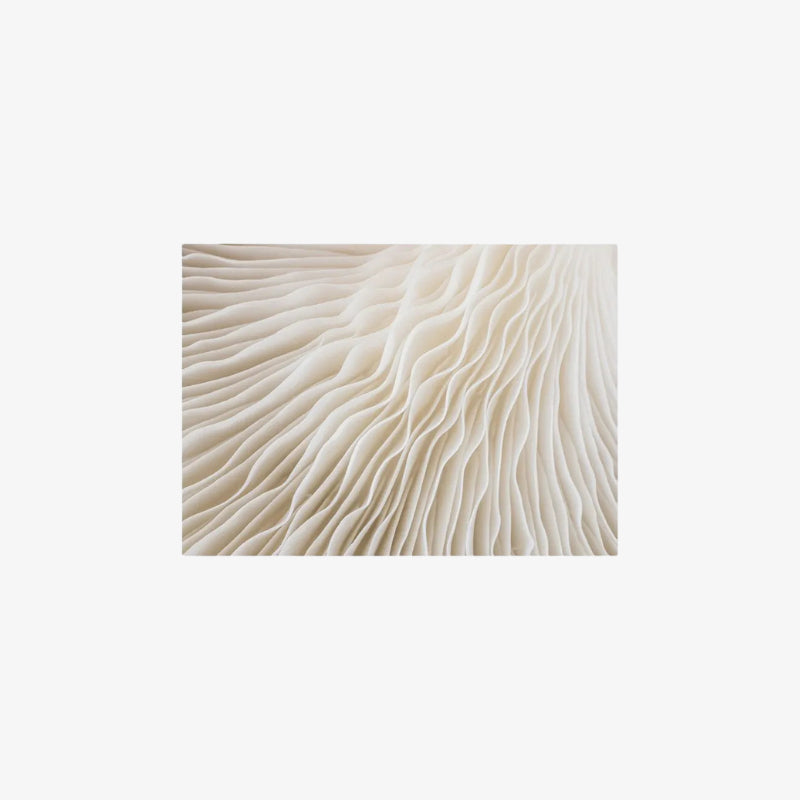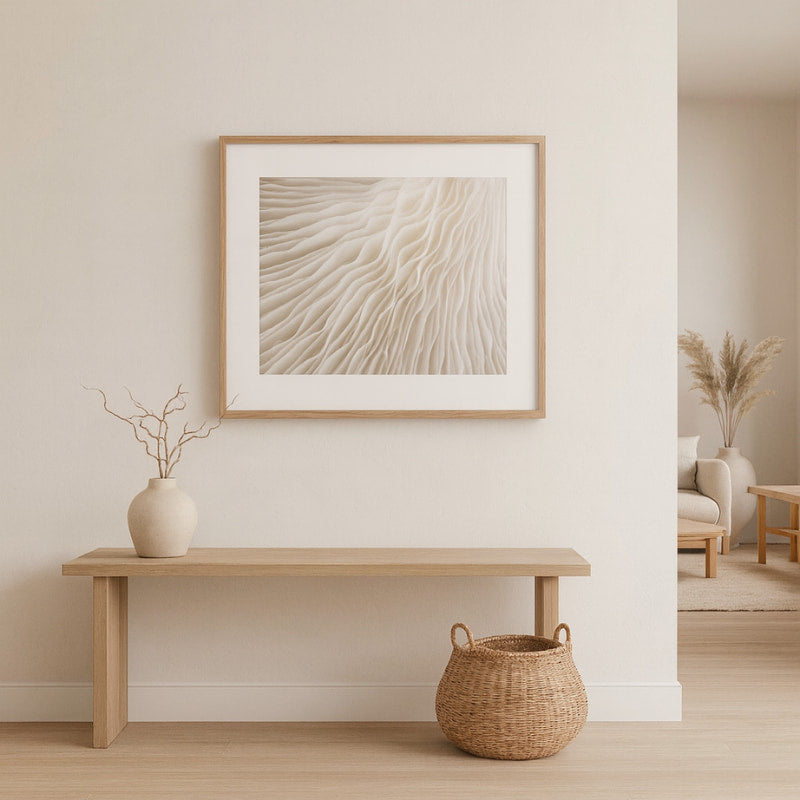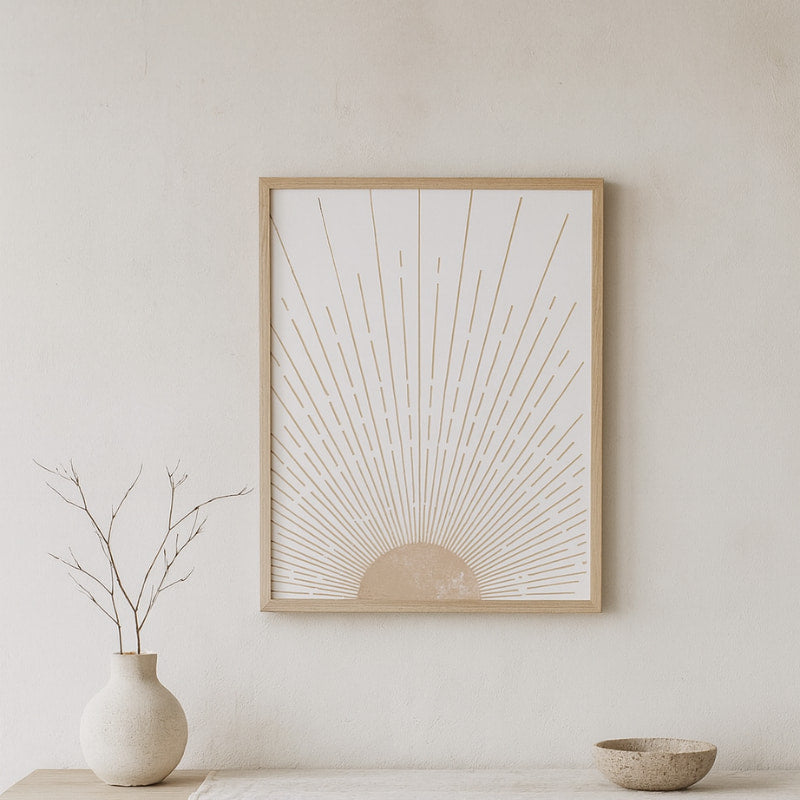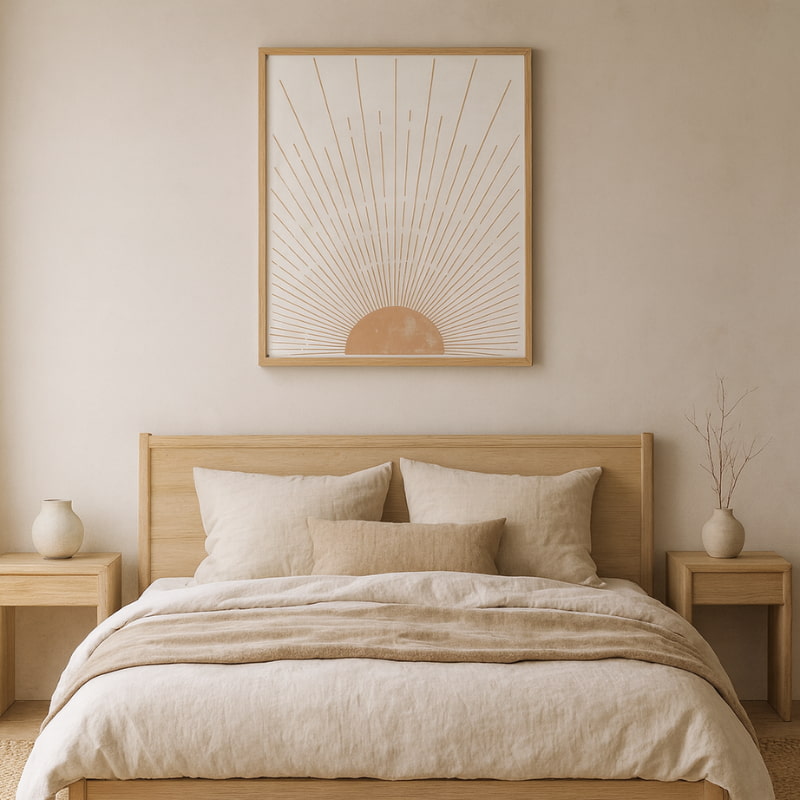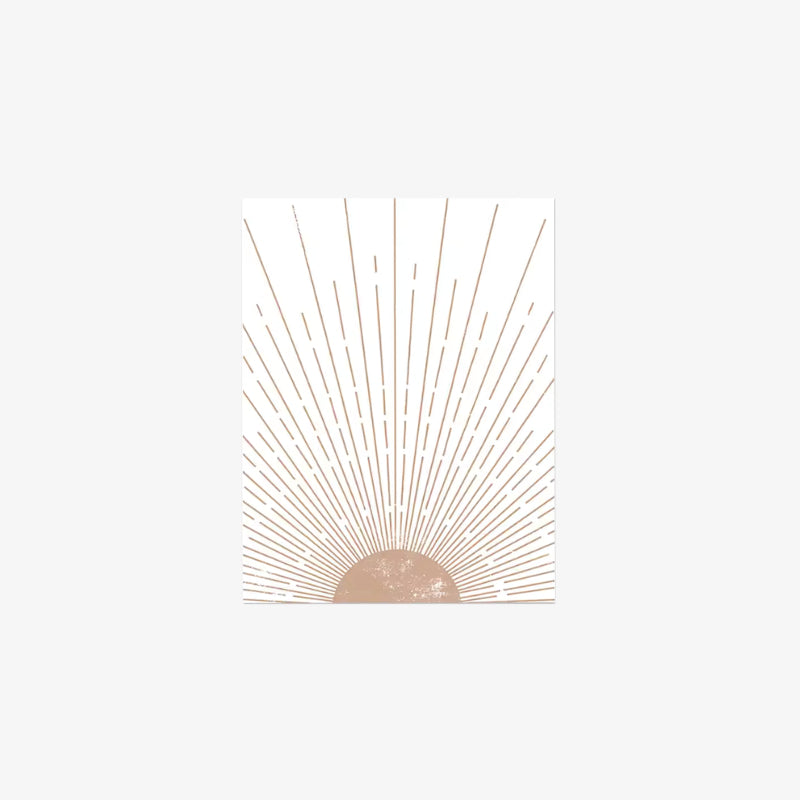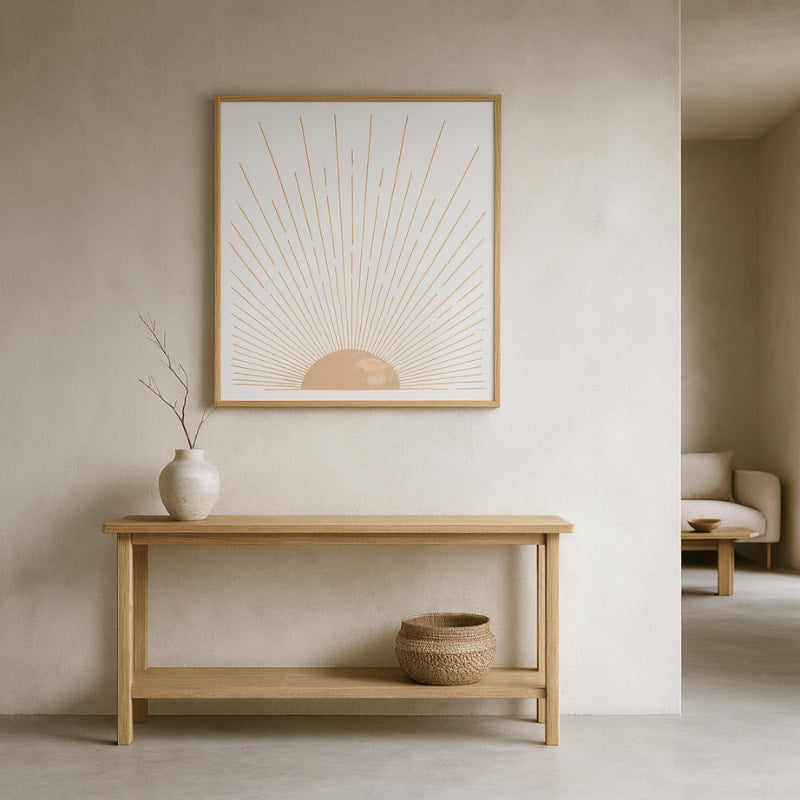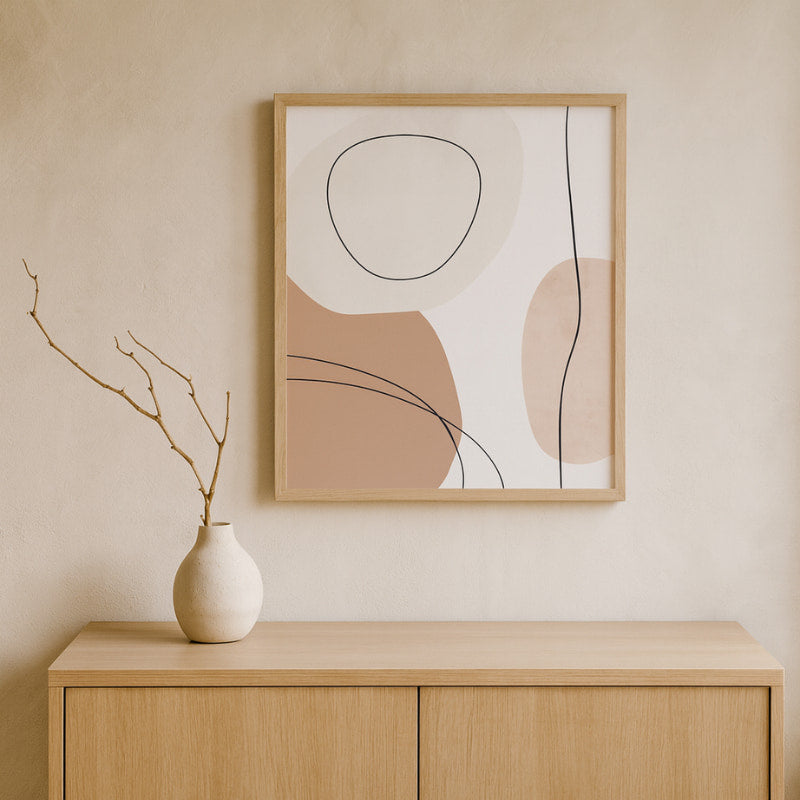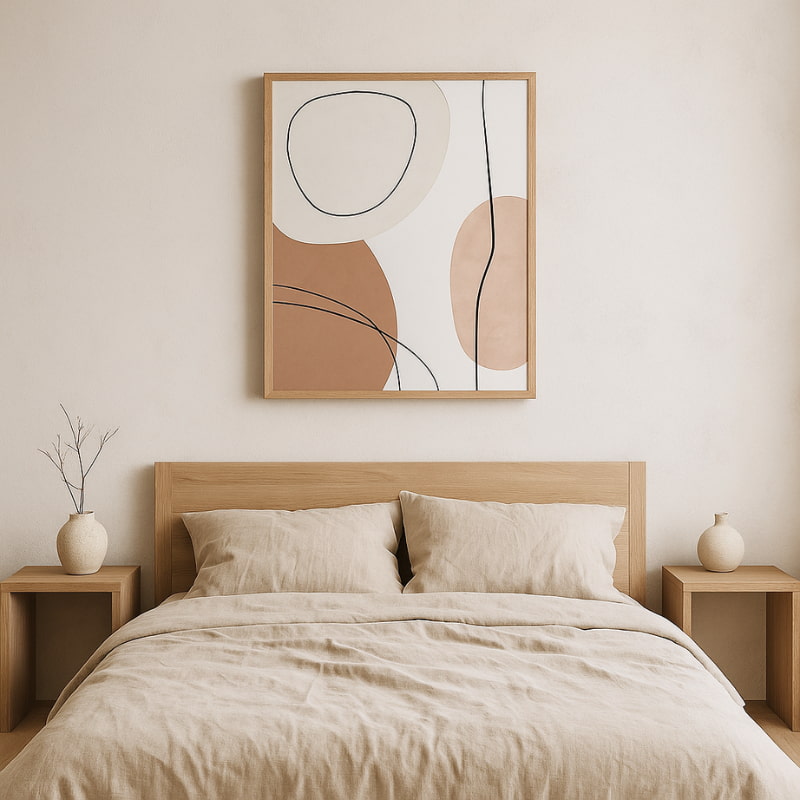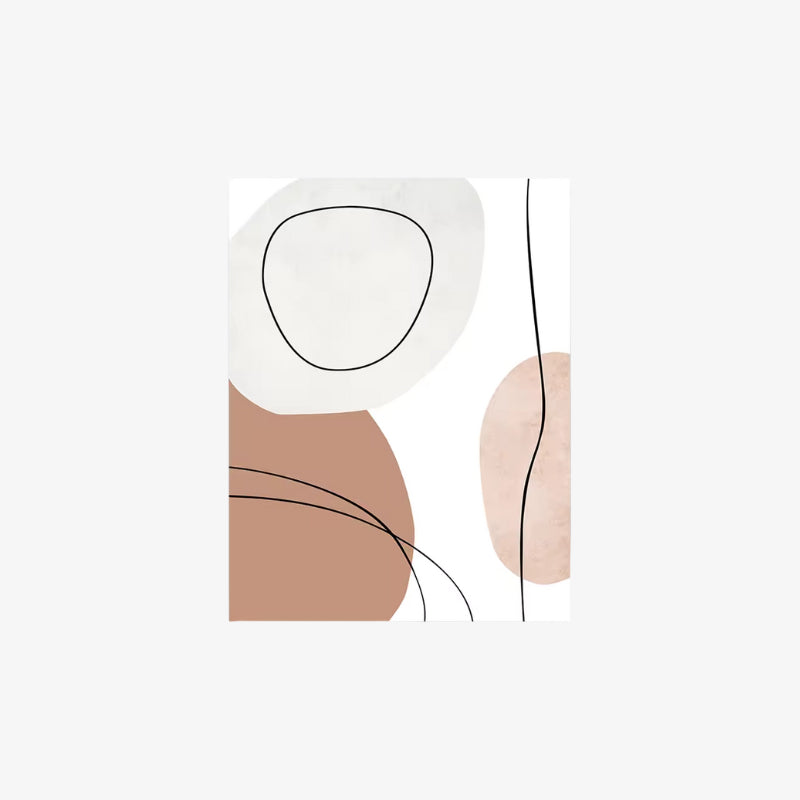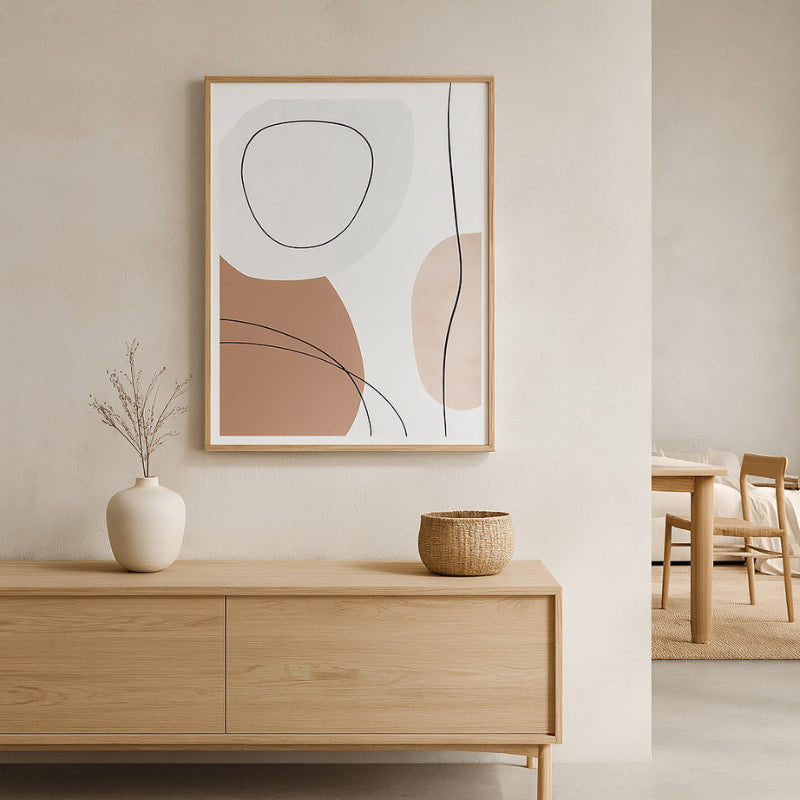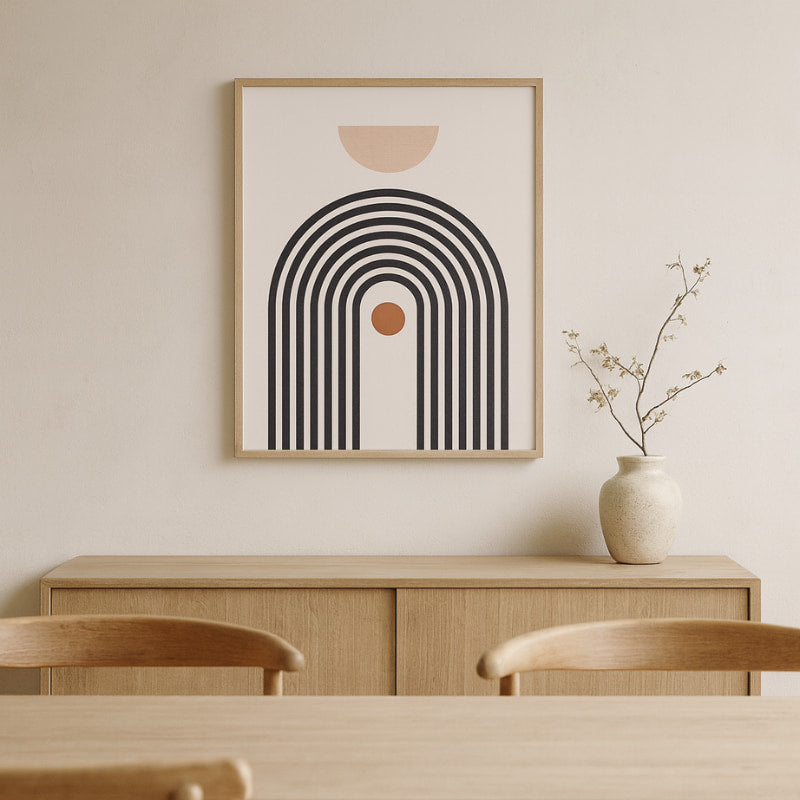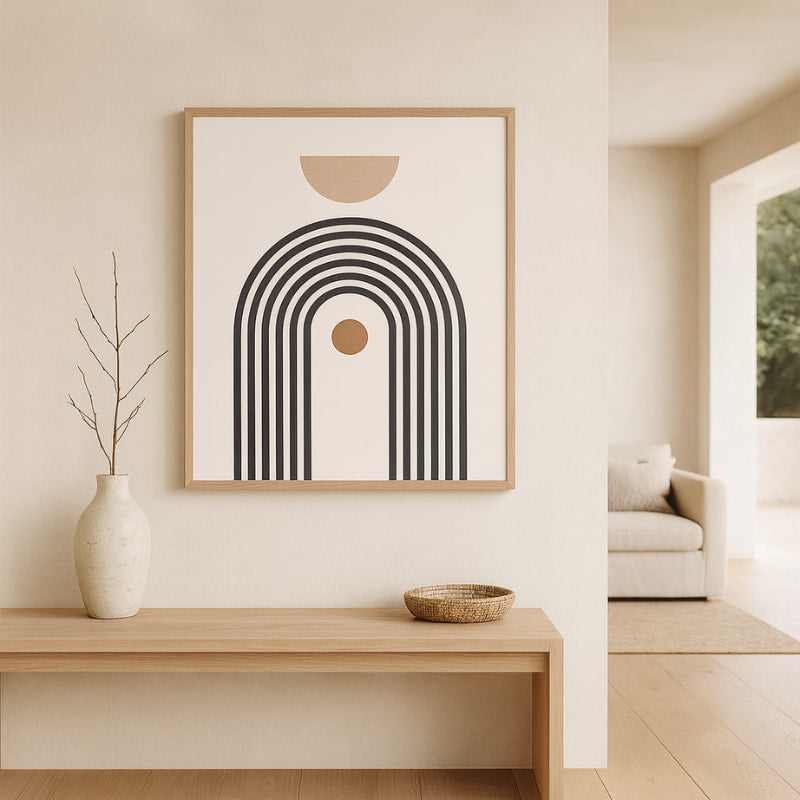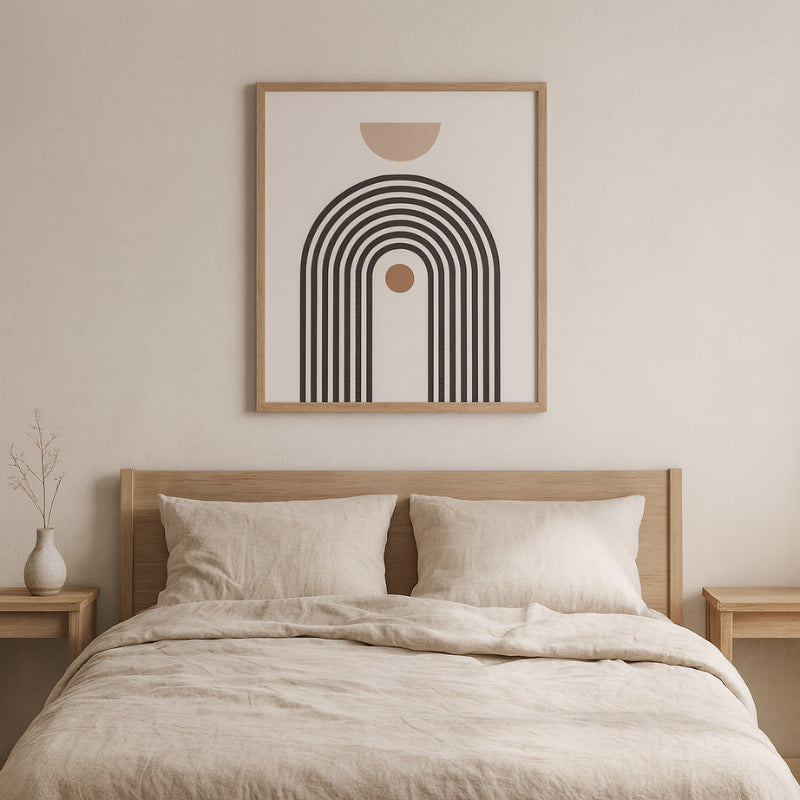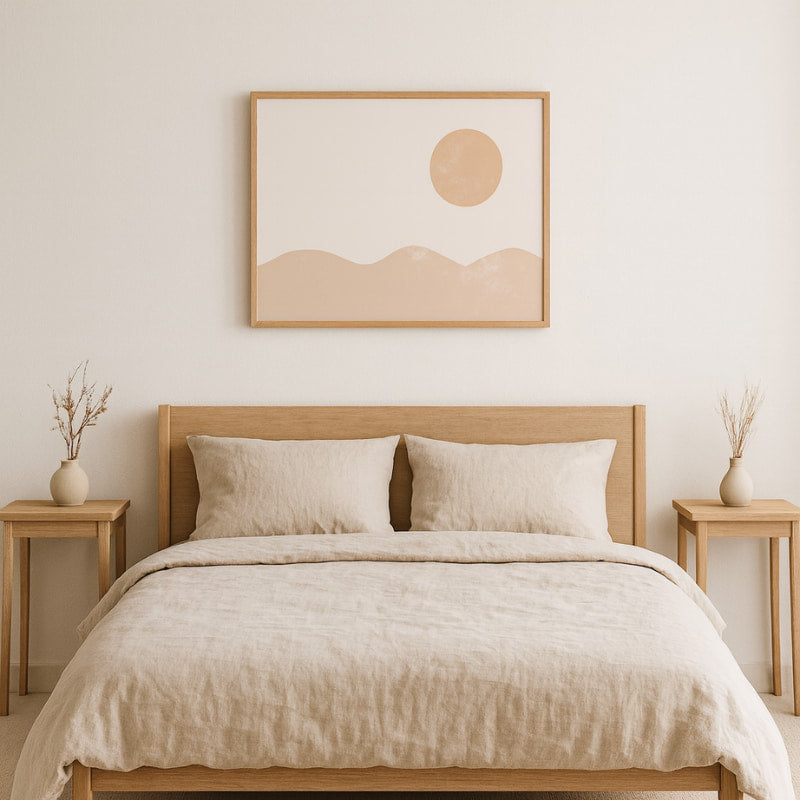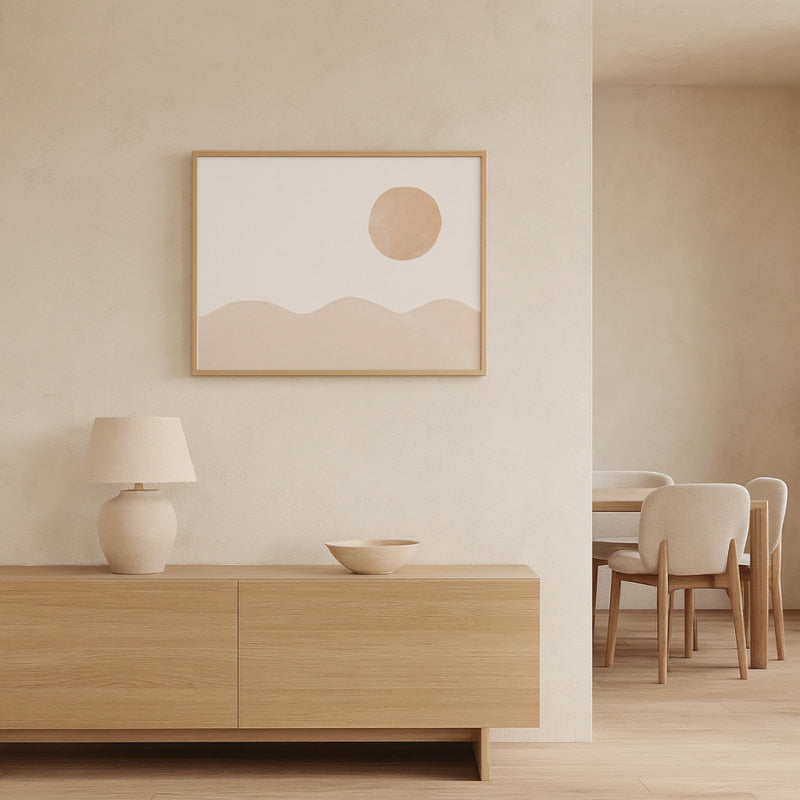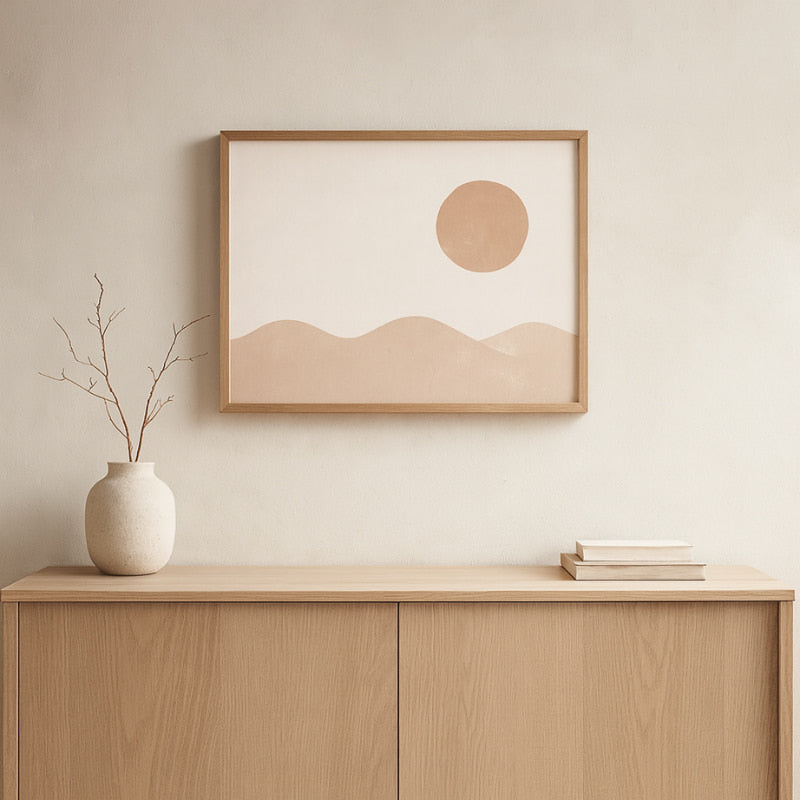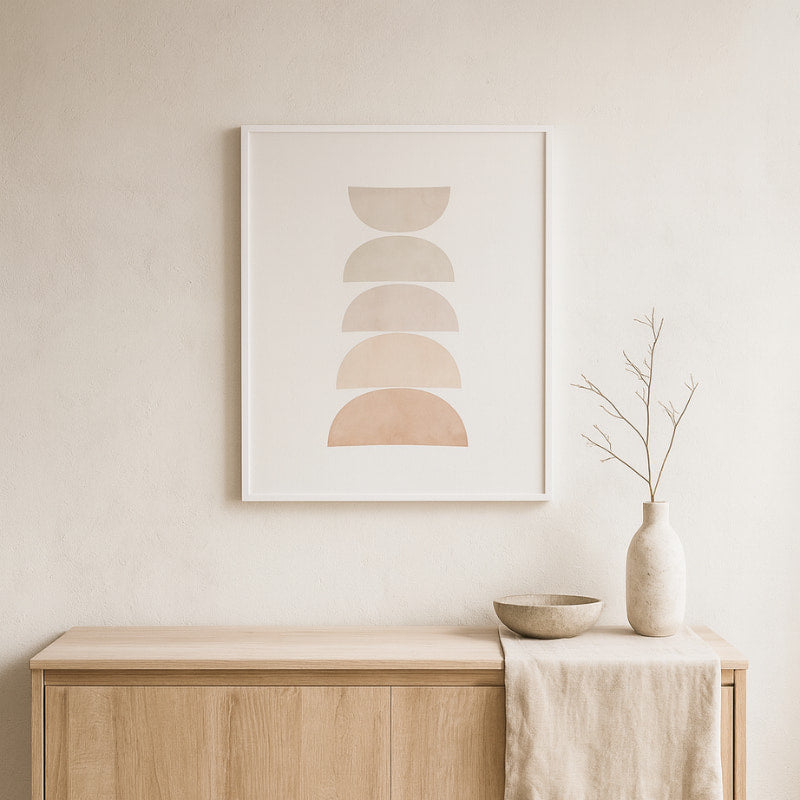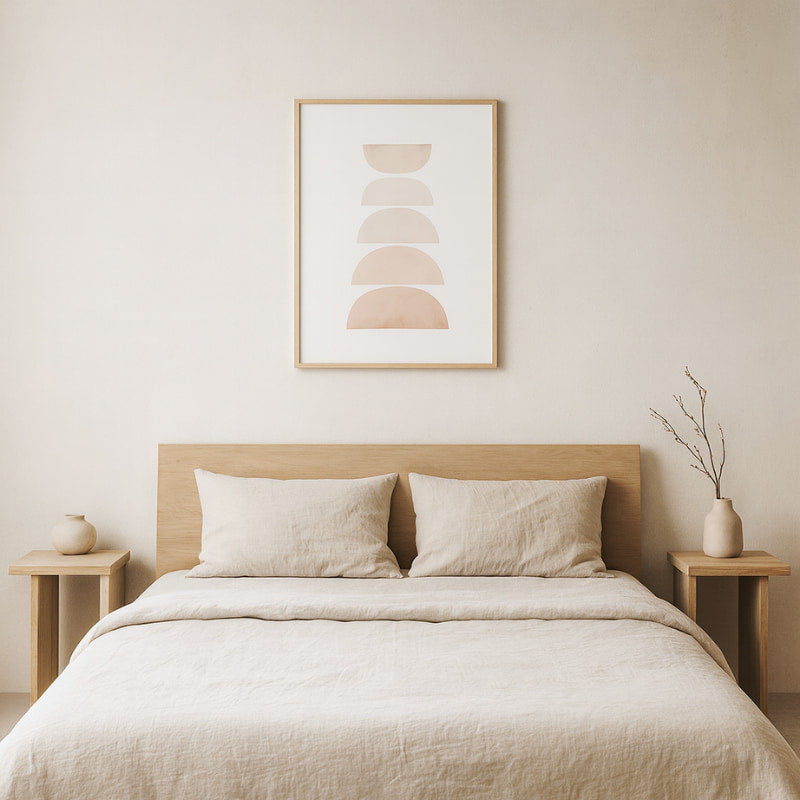Read more
Wabi Sabi Wall Art features and benefits
Start with intention and let materials speak. Mineral pigments, matte finishes, hand-touched textures, and generous white space guide the eye at an easy pace, so walls read as landscapes rather than billboards. You shape atmosphere with restraint, and you allow light to change the work hour by hour. This approach aligns with the philosophy behind the art of wabi sabi meaning, because it values impermanence, traces of process, and small irregularities that feel human.
Scale offers presence without noise. Wide corridors, tall headboards, and open dining walls welcome a statement piece that sets the tone for the whole zone. When you hang a balanced composition above a low console or sofa, the room gains anchor and breath at once. A single textured canvas or pigment wash can ground a seating plan with clarity, especially when you curate one focused moment around wabi sabi large wall art that carries warmth rather than glare.
Color works like a whisper. Earth neutrals, foggy greys, soft clay, and pale linen hues relax the eye and create a reliable backdrop for daily life. You avoid harsh contrast and build depth through tone-on-tone shifts and subtle edge work. In rooms that need quiet comfort, a layered piece in gentle neutrals pairs beautifully with beige wabi sabi wall art that echoes the softness of linen, oak, and hand-smoothed lime walls.
Nature provides the rhythm. Branch silhouettes, stone-like textures, and weathered strokes read as memories of shorelines, gardens, or forest paths. You invite the outdoors inside without literal illustration, and you let shadow and sun complete the composition through the day. This subtle dialogue strengthens when a focal work celebrates beauty wabi sabi nature art through restrained gestures and tactile surfaces that hold light rather than bouncing it back.
Wabi Sabi Wall Art buying guide
Choose medium to match the mood. Pigment on raw canvas feels breathable, textured paper adds tactility, and wood panels introduce grounded weight. You select size according to viewing distance, not bare wall dimensions, so the work fills your sightline when seated or walking past. If the room already carries strong pattern, a quiet field with a single gesture rests the eye; if the palette stays very soft, a deeper tonal band adds structure. A focused gallery works when you mix formats around a calm anchor, especially if that anchor nods to contemporary wabi sabi art through subtle geometry and restrained contrast.
Map placement before you install hardware. Center a large piece on the main axis of the room, or relate its edge to the edge of a console, bench, or headboard. Keep sightlines open, align top lines where possible, and let negative space frame the composition. When you plan a salon wall, repeat materials and spacing so the arrangement reads as one story. For soft transitions between zones, a pair of small works can carry the eye down a hallway where you later expand into a quiet set of japandi art prints that harmonize with linen curtains and low-sheen floors.
Balance weight across the plan. If a heavy cabinet anchors one side, place a visually lighter artwork opposite, then repeat a tone or texture elsewhere to tie the room together. Keep heights consistent across nearby pieces, and avoid hanging too high above seating where the work becomes detached. In multi-purpose spaces, a modular grid keeps options open for seasonal updates, especially when you mix a textured canvas with a few restrained japandi prints to create rhythm without clutter.
Wabi Sabi Wall Art use and care tips
Guide light with intention. Daylight should wash across the surface rather than hit it head-on, so you reduce abrasion and glare. In the evening, set ambient light first, then add a gentle accent wash from a small wall lamp or a shaded floor lamp. Warm color temperatures calm the scene and help pigments sit naturally. You support the artwork further when you coordinate luminance with nearby materials, and you keep the mood cohesive with the same care you give to wabi sabi large wall art hanging in view of the main seat.
Maintain surfaces with a light touch. Dust frames and edges regularly with a soft brush. Avoid chemical cleaners on painted fields or textured grounds. Lift artworks with clean hands and support from beneath when you move them. If a piece sits near an open window or cooking area, monitor for dust and micro-splatter and adjust placement if needed. When you store a work, keep it upright and protected by acid-free interleaving so the surface remains calm and uncompressed beside other wabi sabi art prints in your rotation.
Style the wall like a breathing landscape. Give each piece room, then add one object on a nearby shelf to echo a line or color from the painting. A single branch in a clay vase can complete the composition without shouting, while a woven runner below softens reflections from the floor. In small rooms, you keep the visual field coherent by repeating a tone from the artwork in a throw or shade, which subtly links to beige wabi sabi wall art elsewhere without copying it.
Refresh thoughtfully over time. Rotate works seasonally to protect color from prolonged direct sun, and let the room learn a slower cadence. Replace a busy vignette with a simpler pairing when life feels crowded, and add a textural piece when winter light turns thin. These gentle edits respect the home’s rhythm and keep attention on proportion, alignment, and the human scale that makes beauty wabi sabi nature art feel honest rather than staged.
Align art with everyday rituals. Hang a calming vertical near the tea corner, place a small diptych where morning light lands softly, and keep one meditative field opposite your favorite seat for evening reading. When walls support habits, the home stays kind. You reinforce this feeling by choosing a single bold gesture in the main room and echoing it quietly in the hallway through a pair of framed wabi sabi large wall art studies scaled for close viewing.
Protect frames and hardware. Use properly rated wall anchors and check them annually. Keep frames square and tight, and place small felt pads at the lower corners so paint and plaster remain smooth. When you wipe glass, use a dry microfiber cloth to avoid streaks near the rabbet line. You keep stress low when you plan for maintenance early, which lets attention settle on color fields and textures rather than fixtures that fail behind a row of wabi sabi art prints.
Plan harmony across adjacent rooms. Repeat a material once from one room to the next, such as oiled oak or matte black hardware, so walls carry a soft rhythm through thresholds. Hang the most tactile piece where hands pass often, and place quieter works where distance increases. This cadence reads like music rather than a series of isolated notes, and it pairs beautifully with a single panel of beige wabi sabi wall art near an entry to set the tone for the entire home.
Use simple cleaning rhythms. Dust weekly, inspect monthly, and adjust curtains or blinds seasonally. If you notice a hotspot of sun, shift angle or add a sheer to diffuse it. In humid months, allow gentle airflow to prevent moisture build-up behind frames. You avoid drama with early corrections and keep focus on the work, not on repairs, which aligns with the soft rigor that guides collections of japandi art prints and material-led furnishings.


